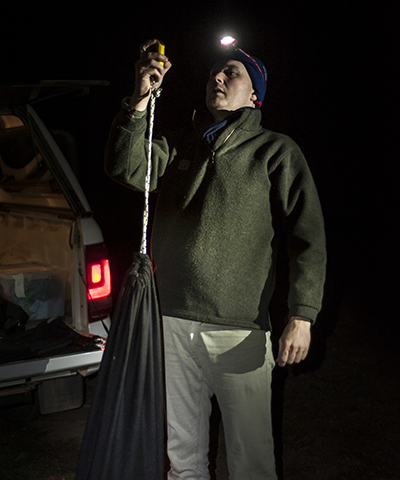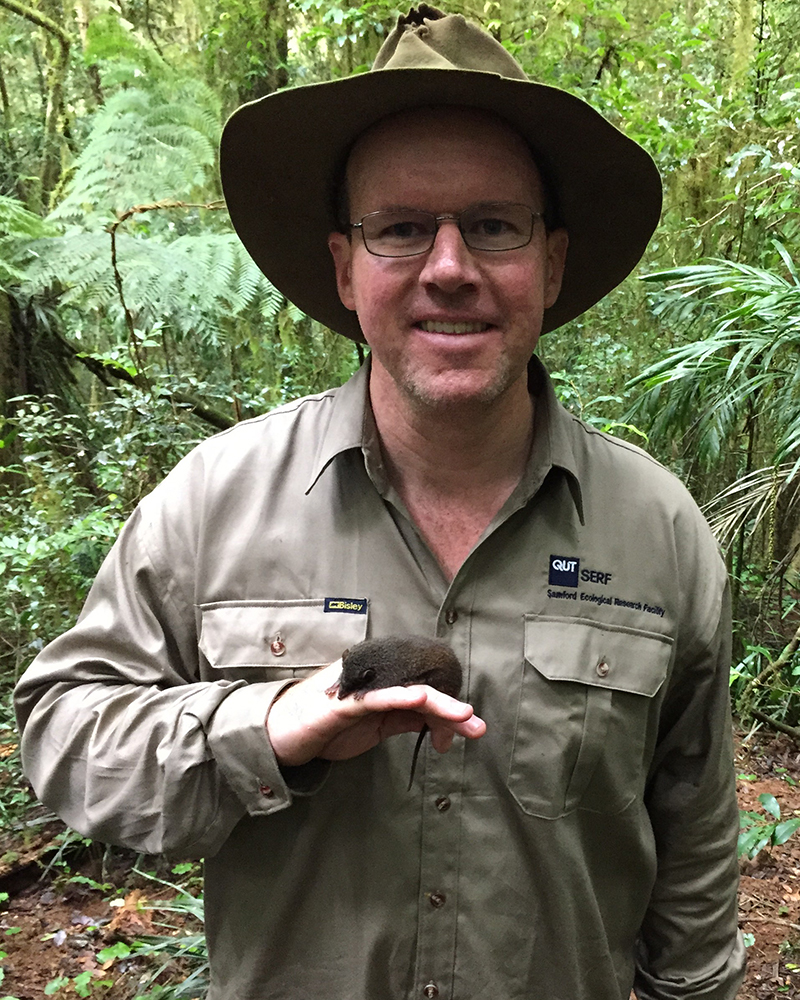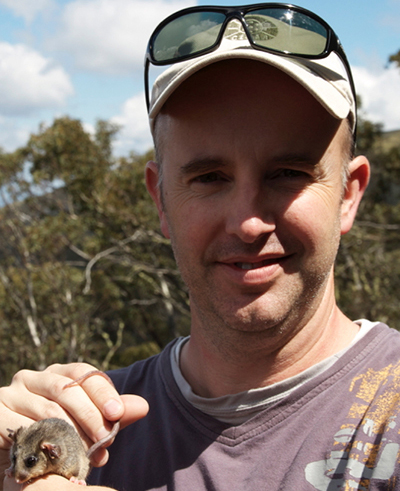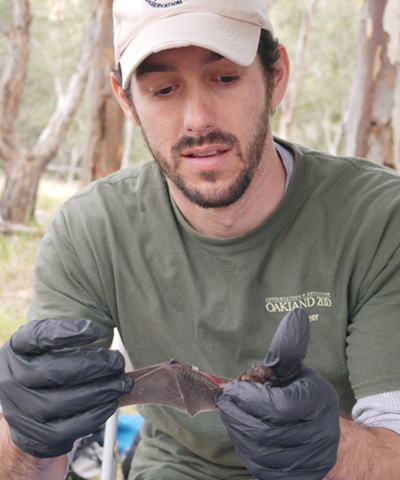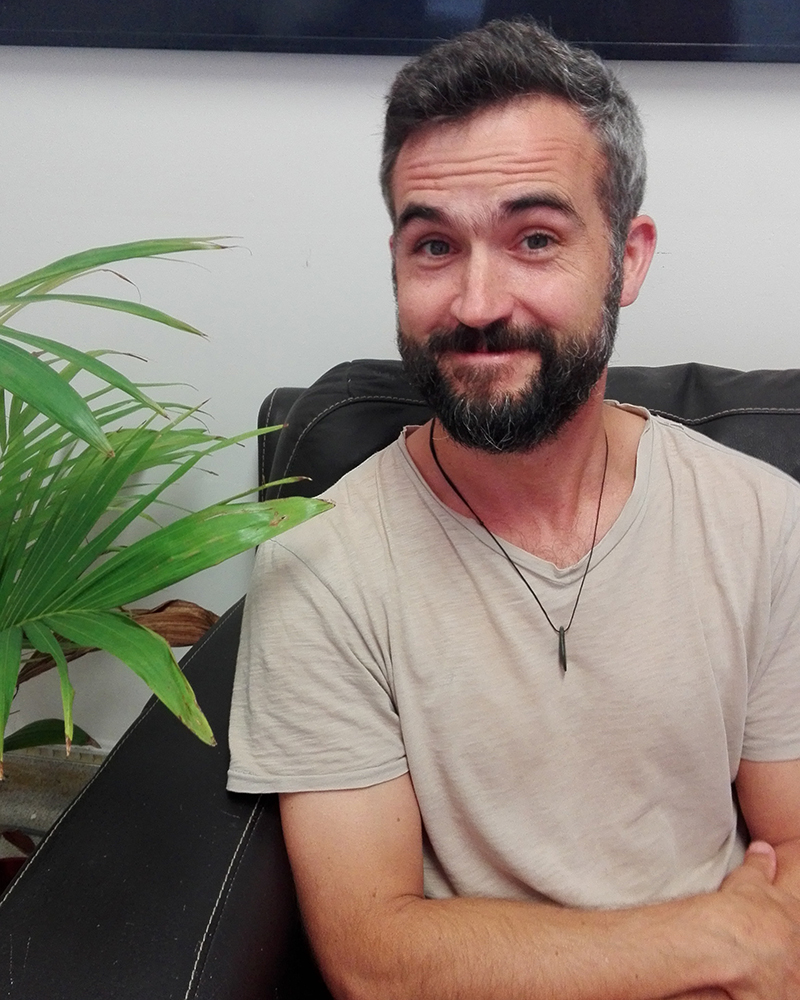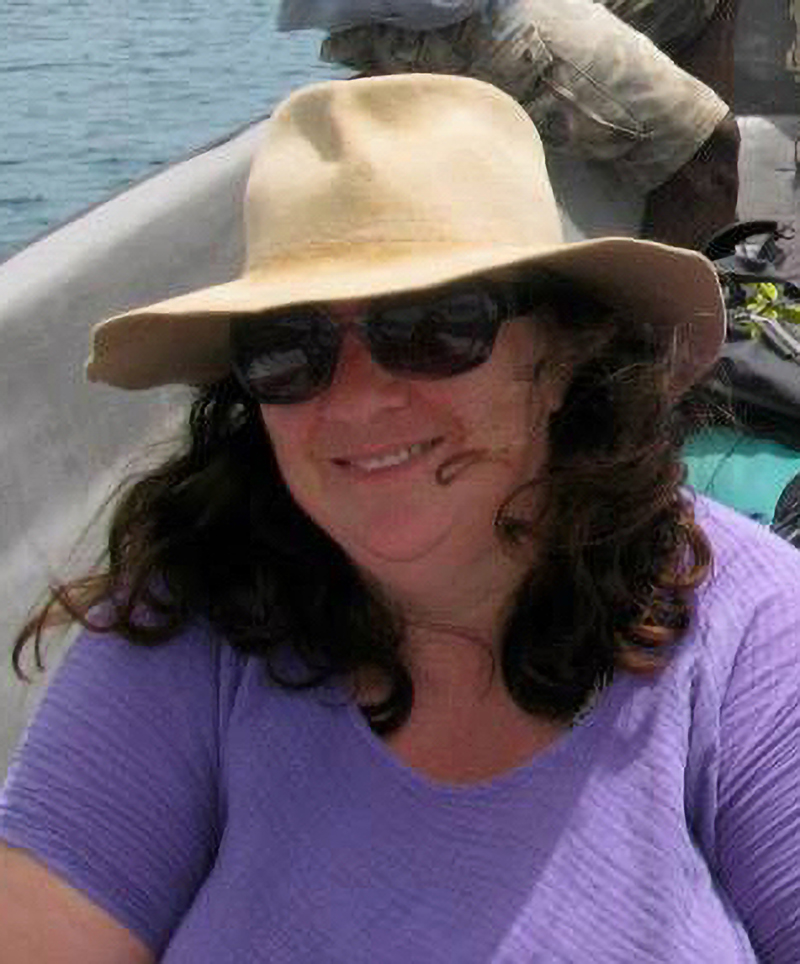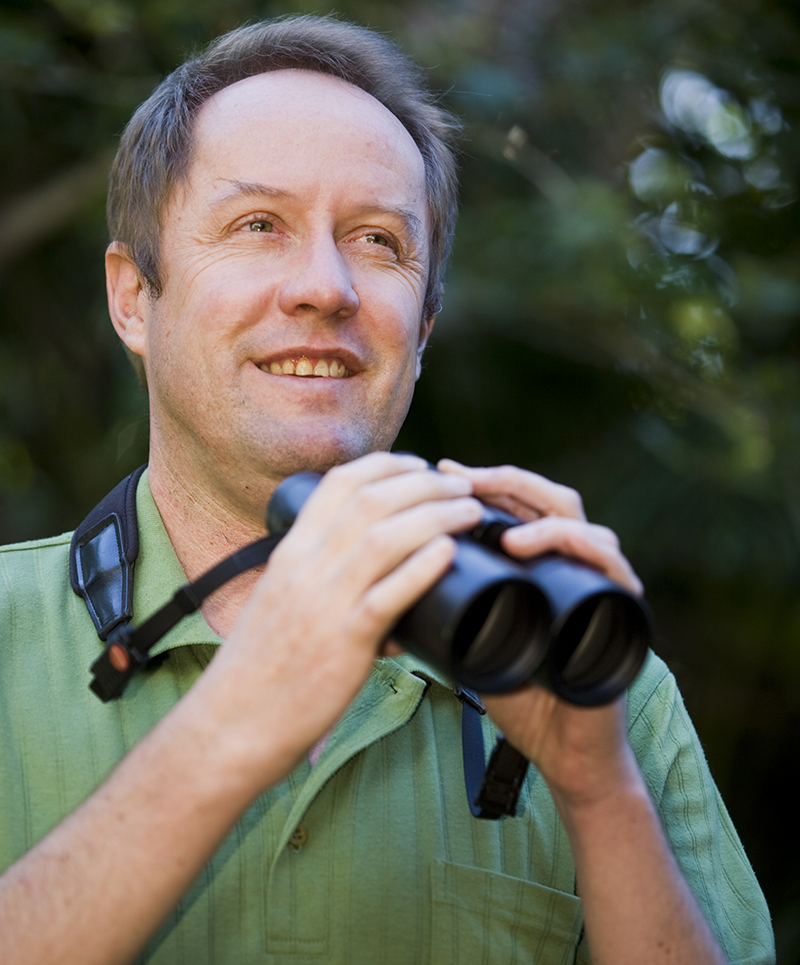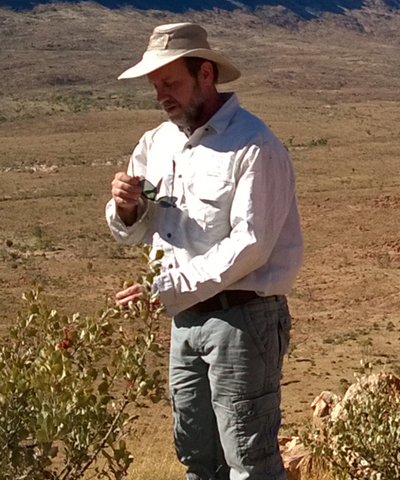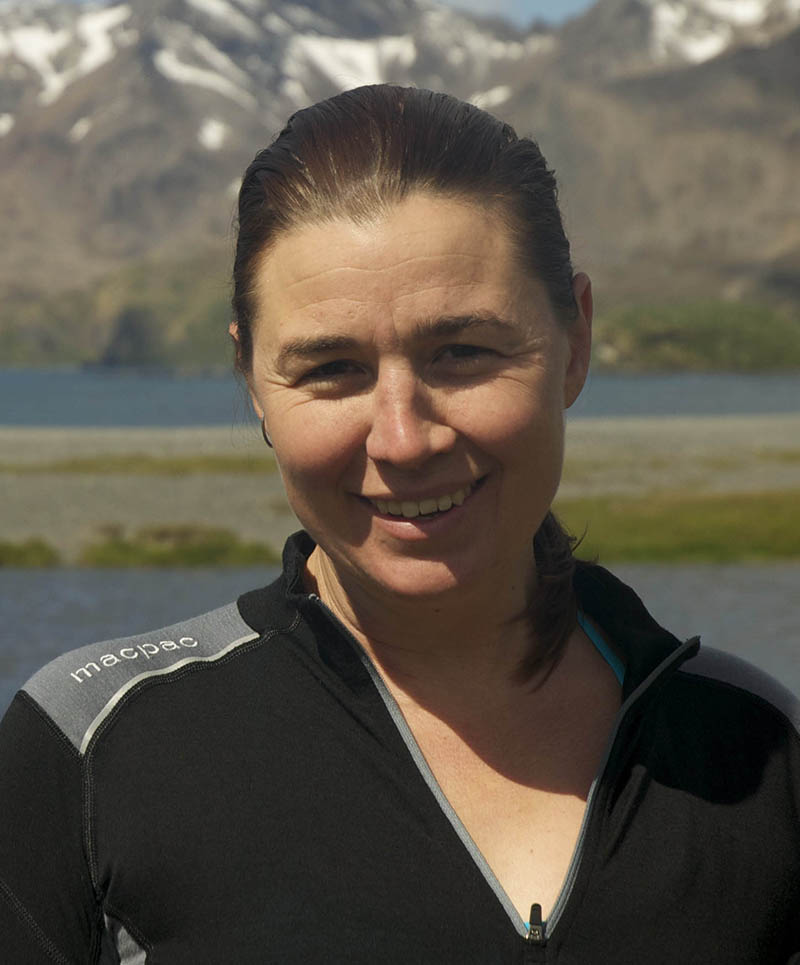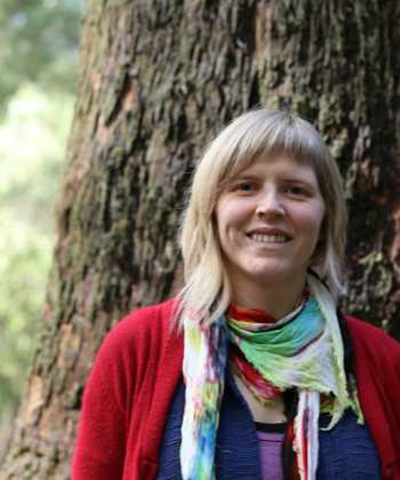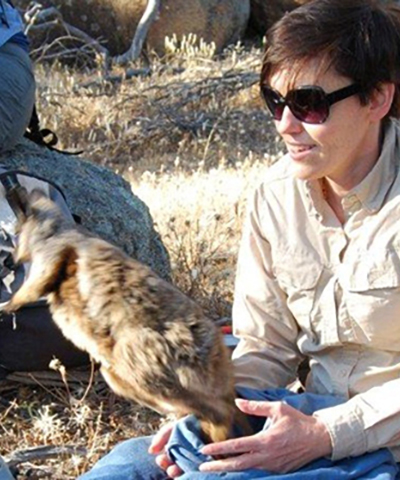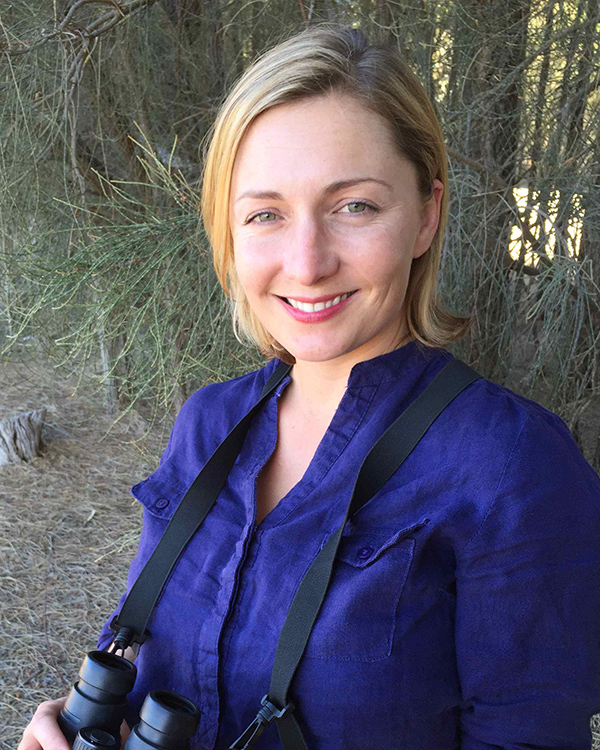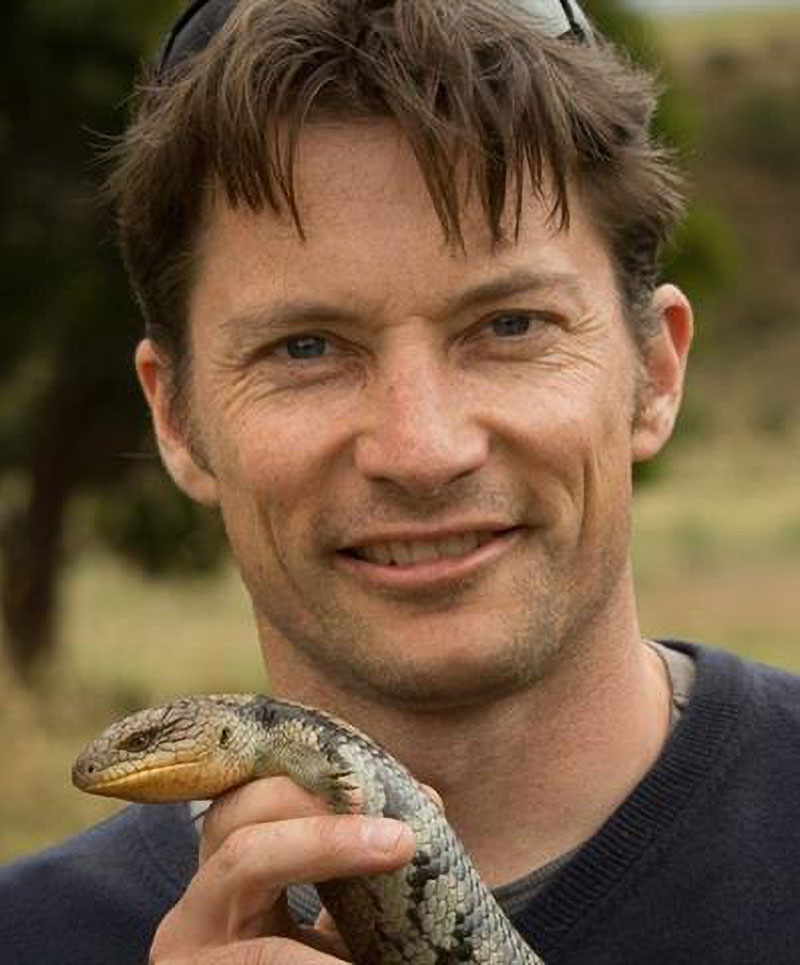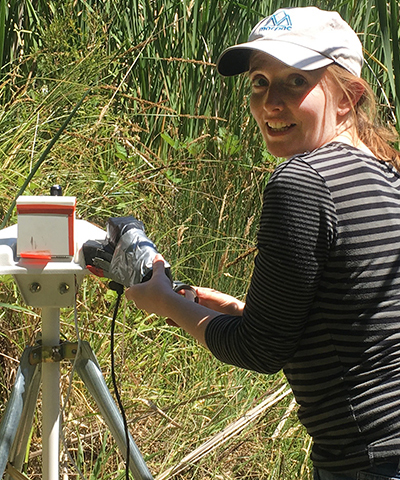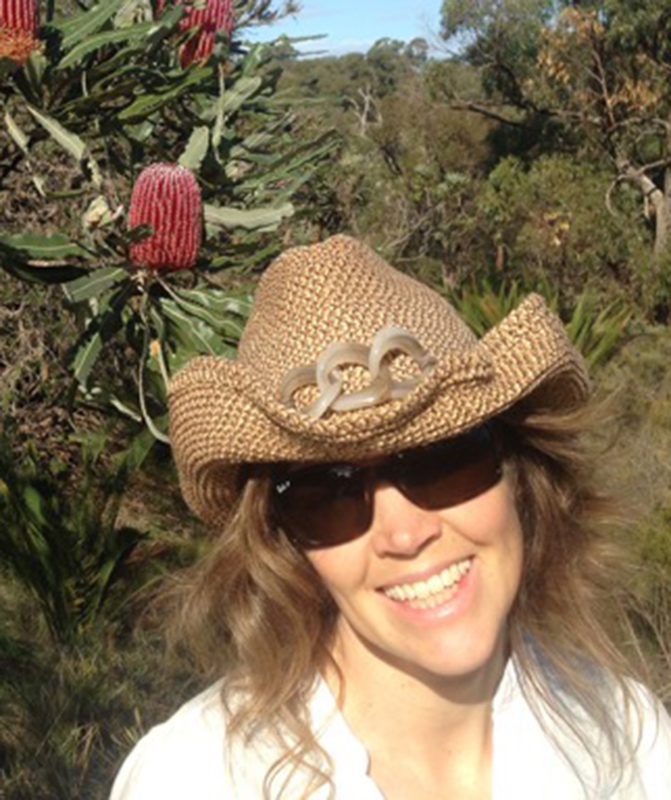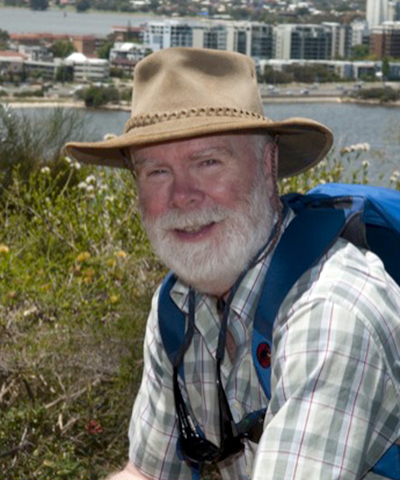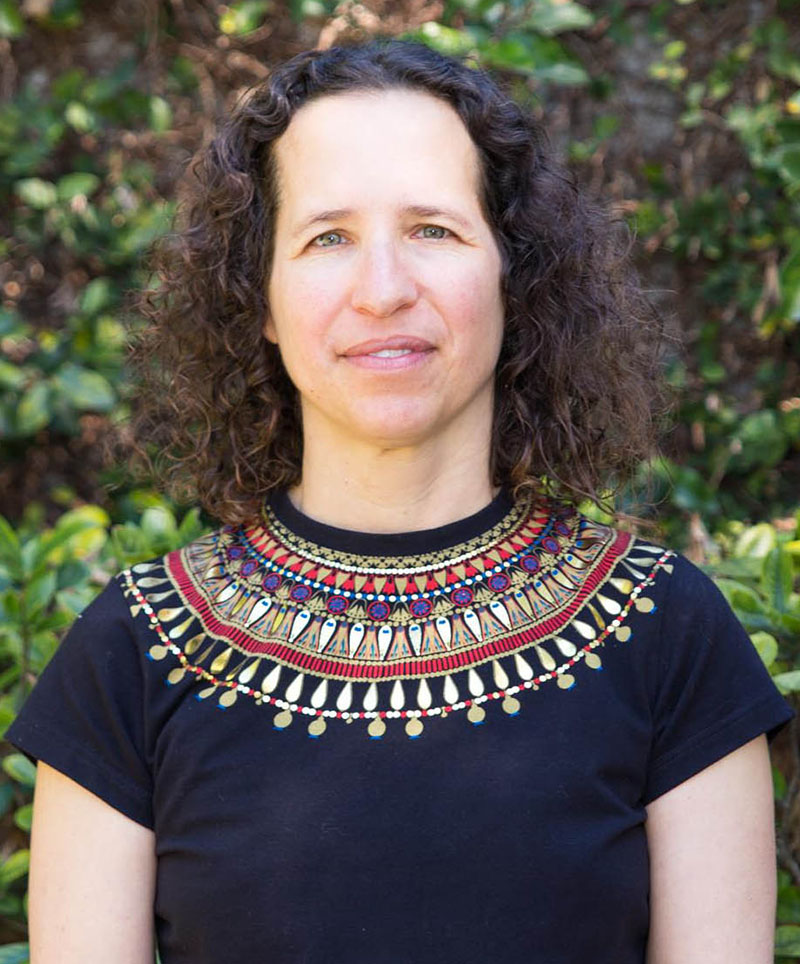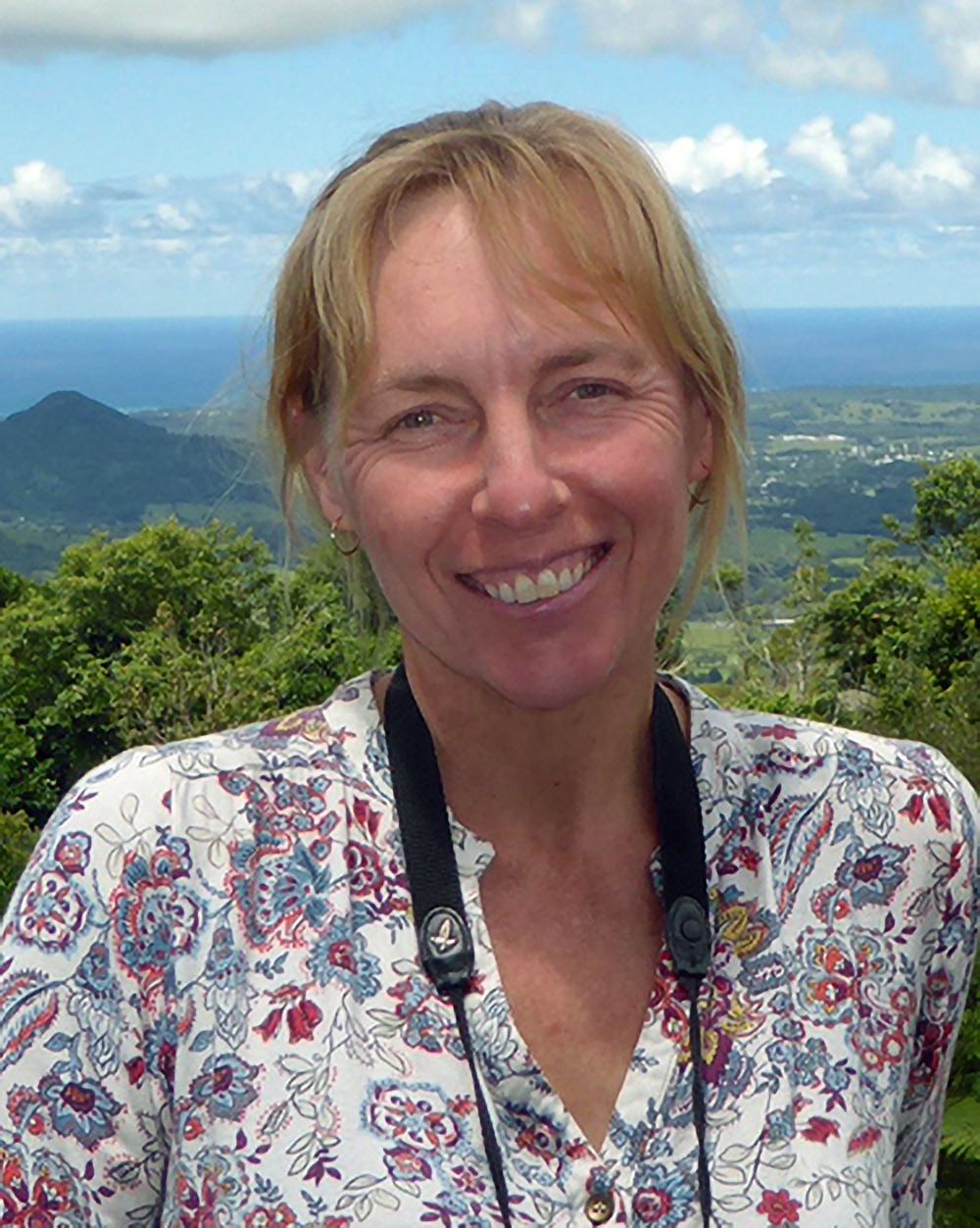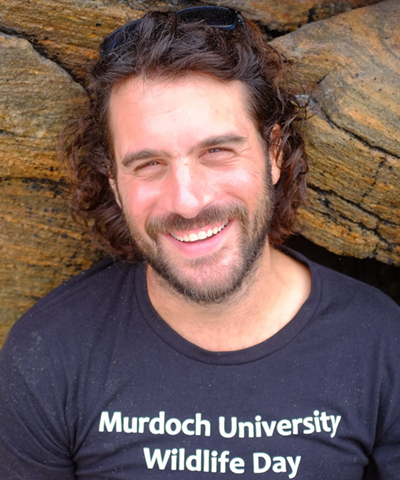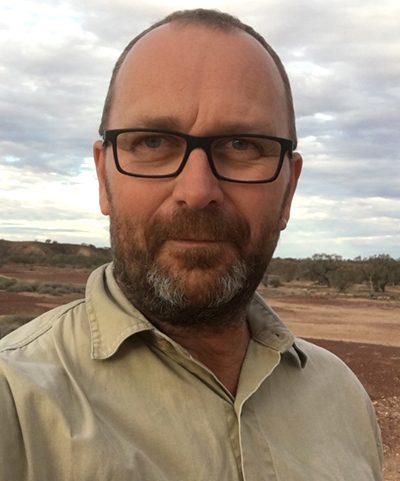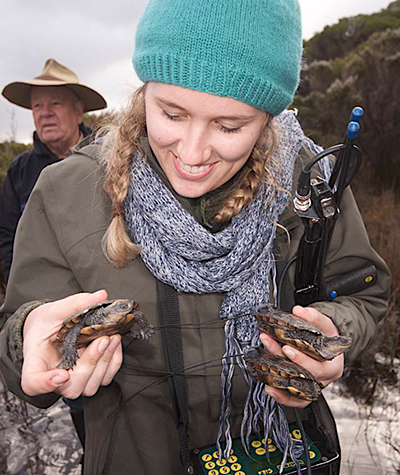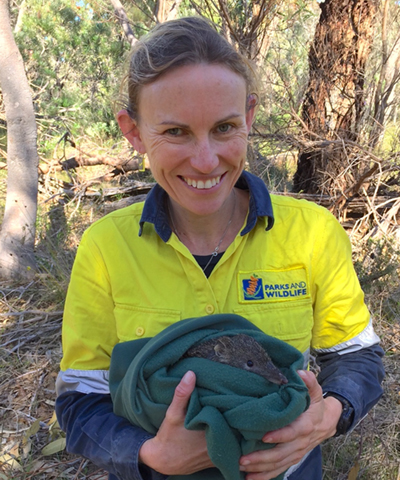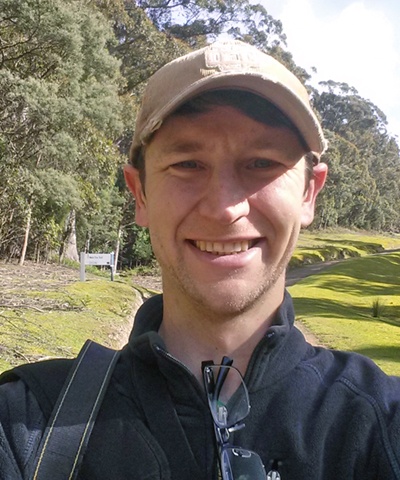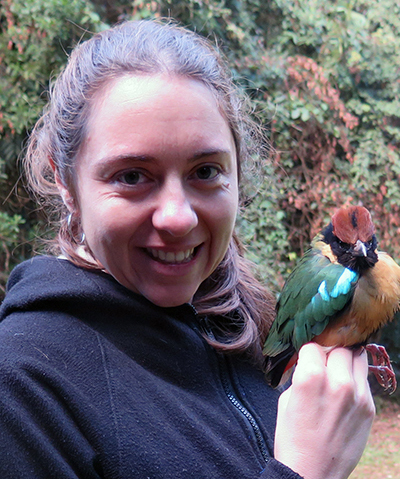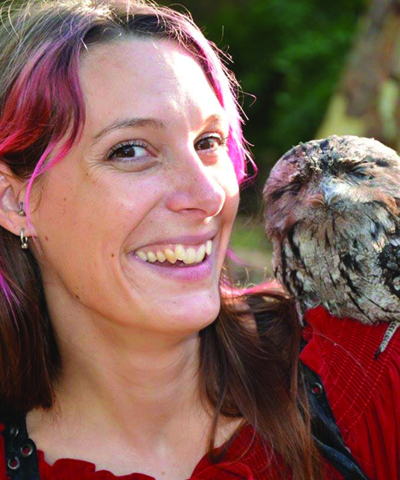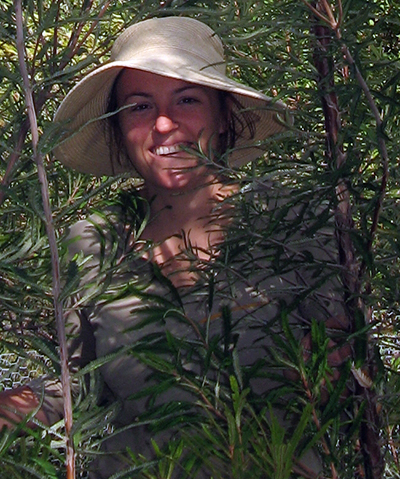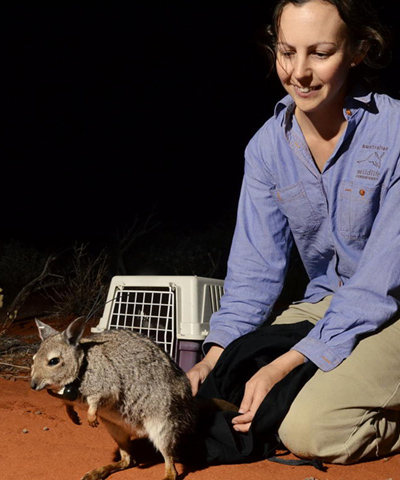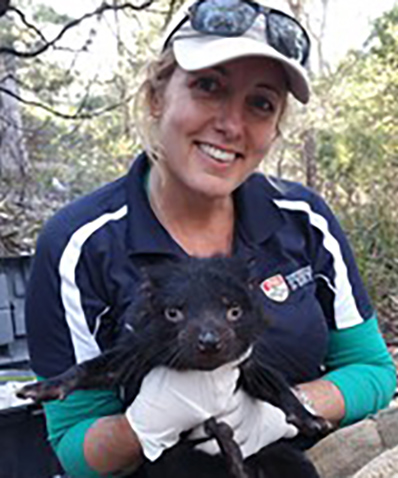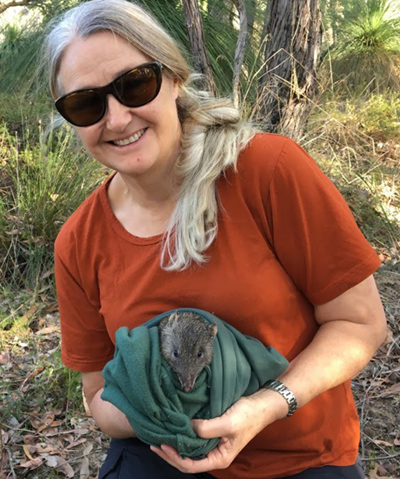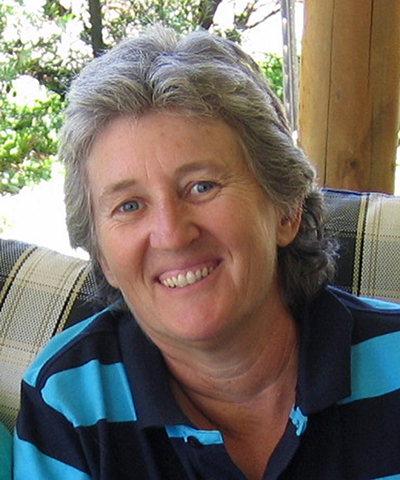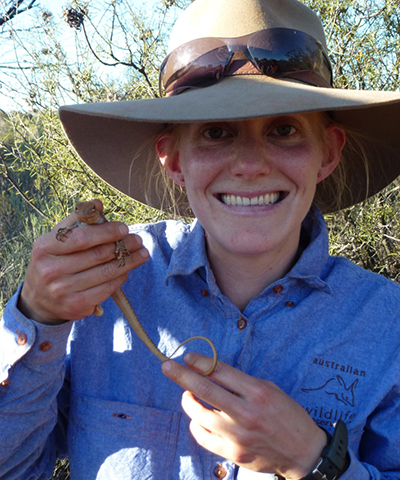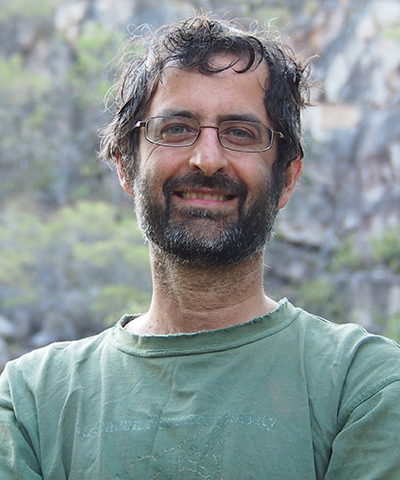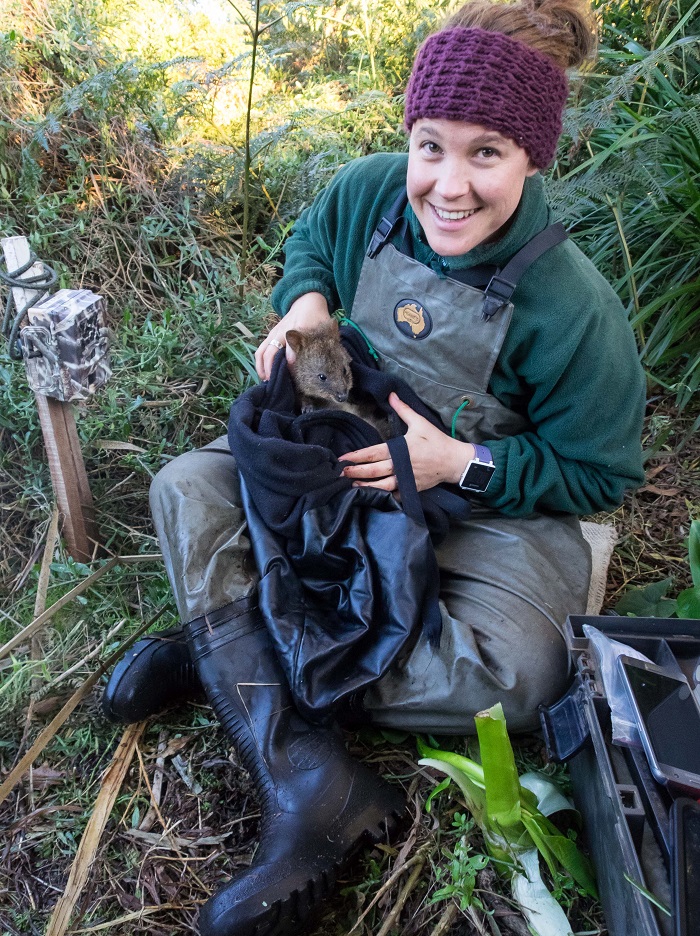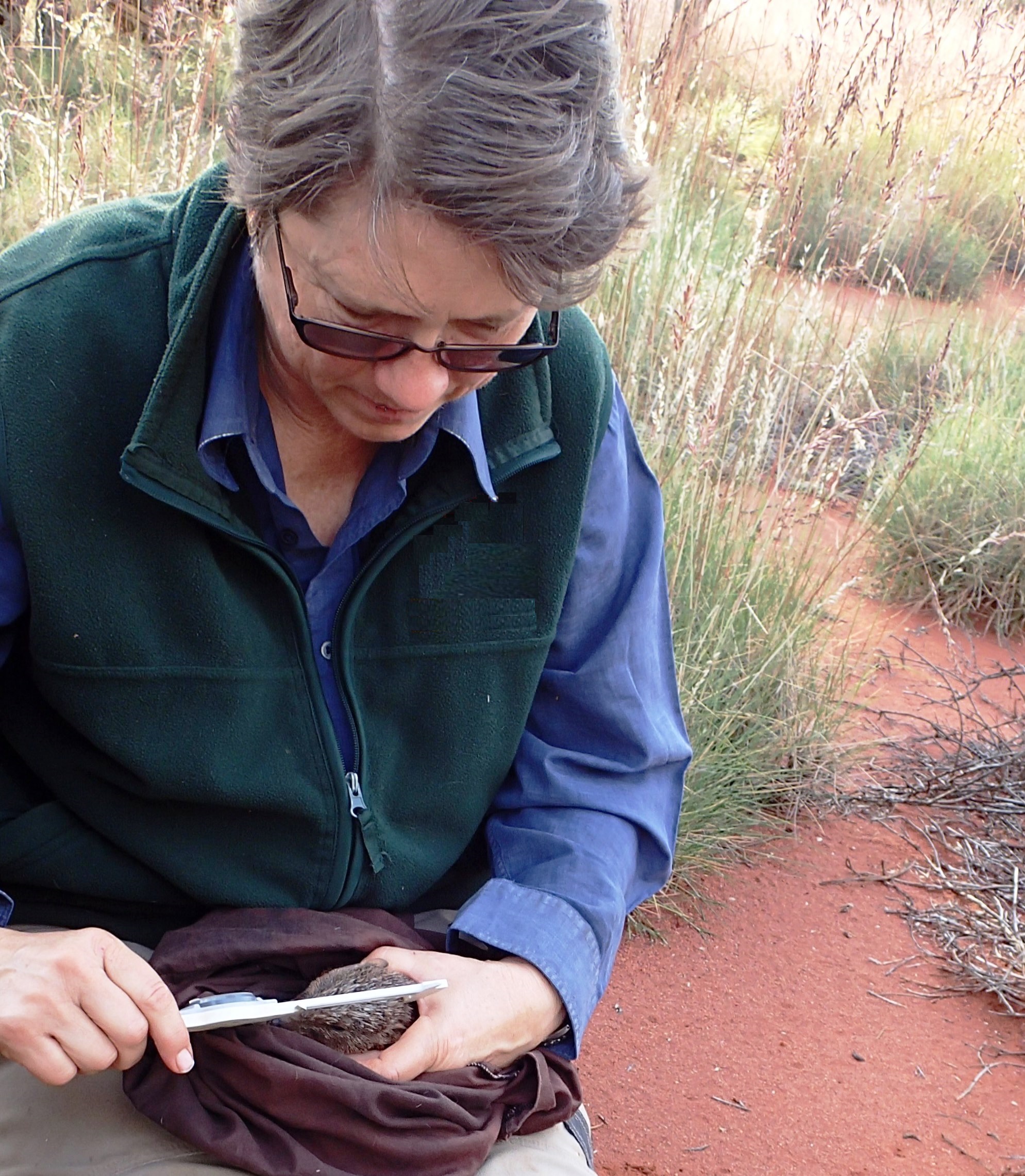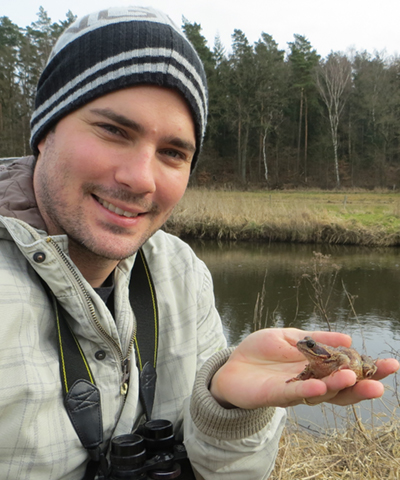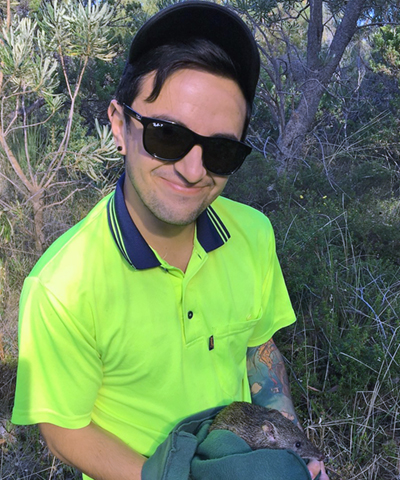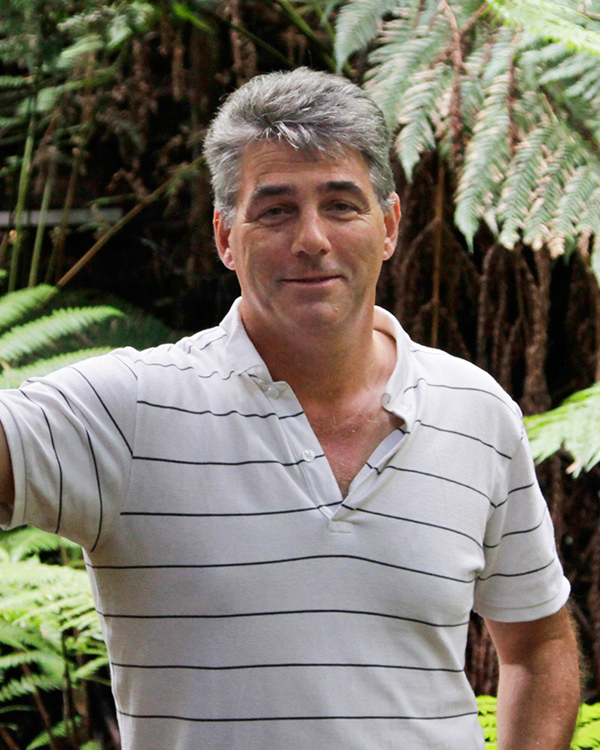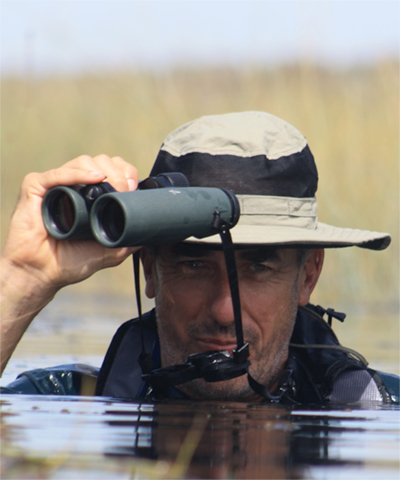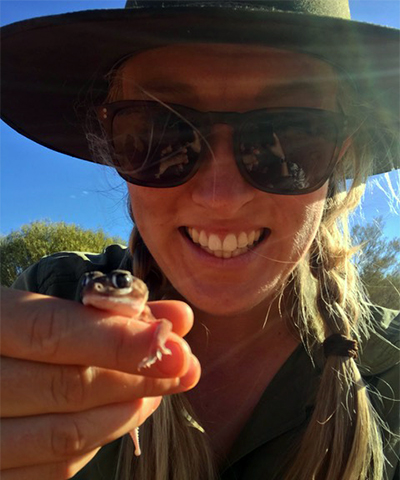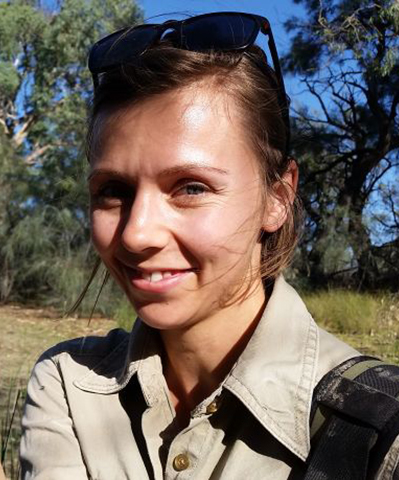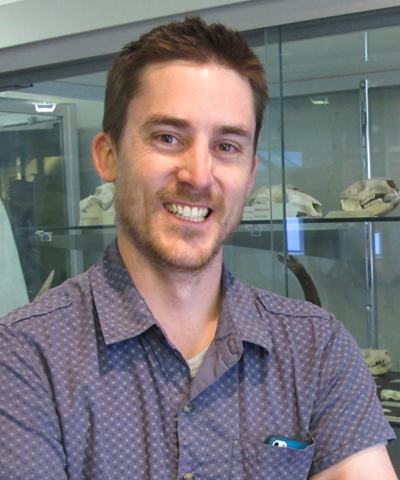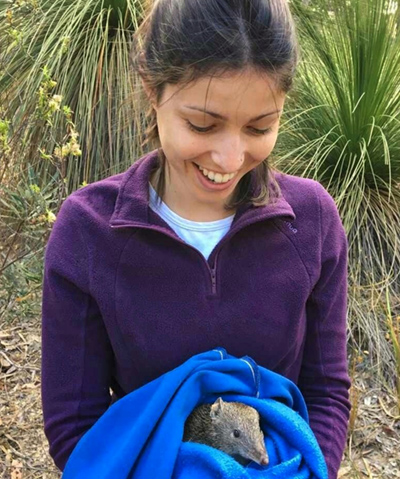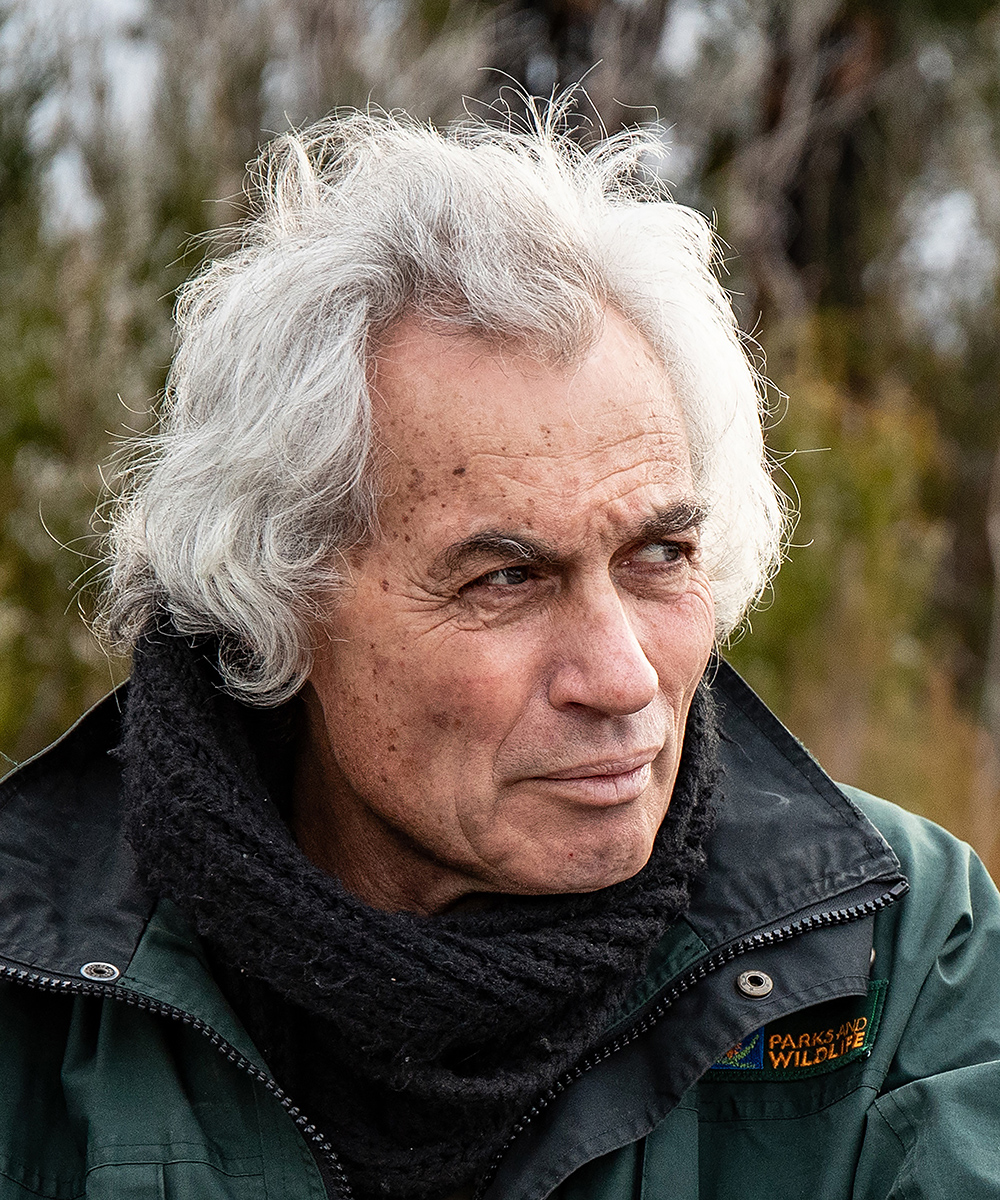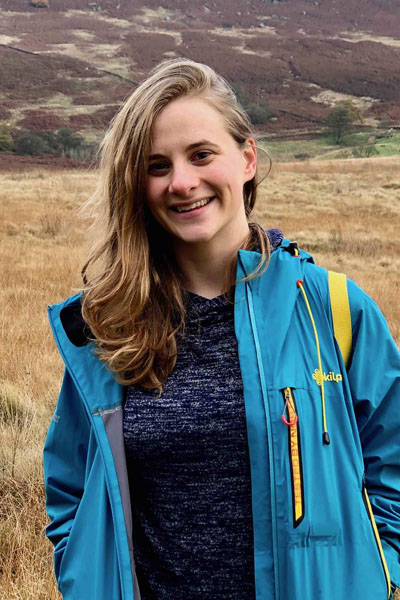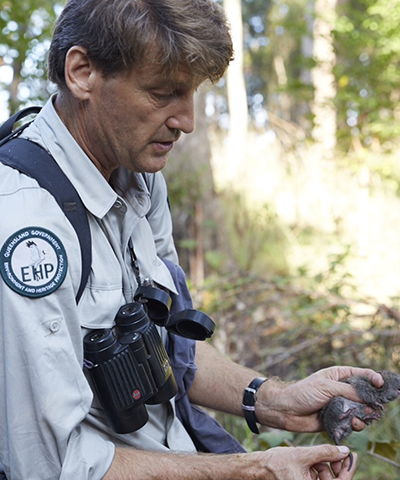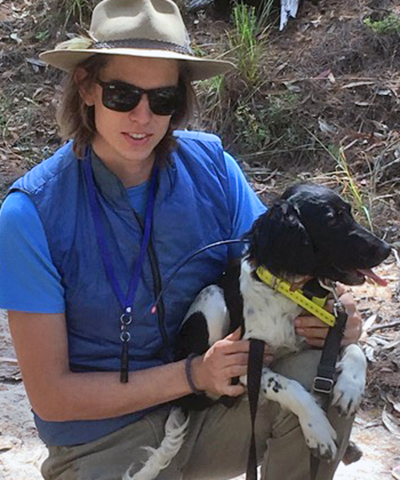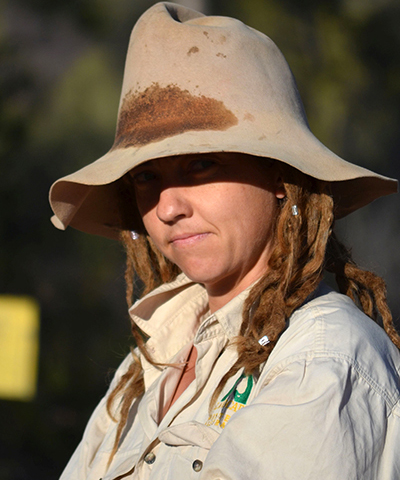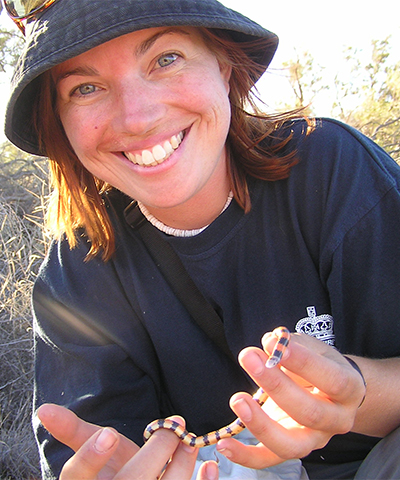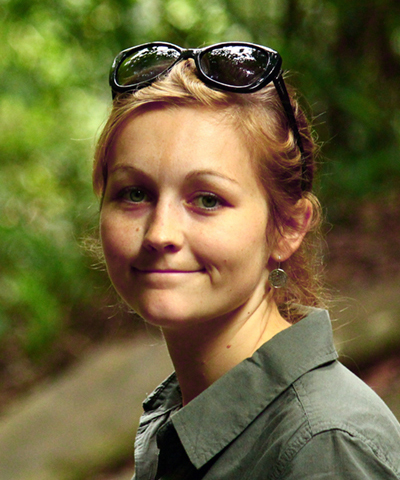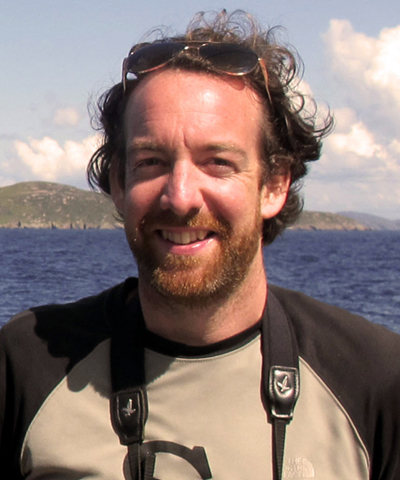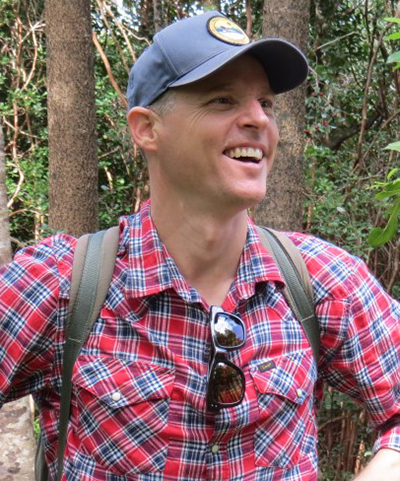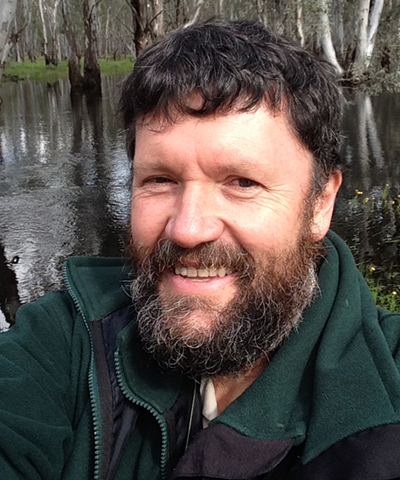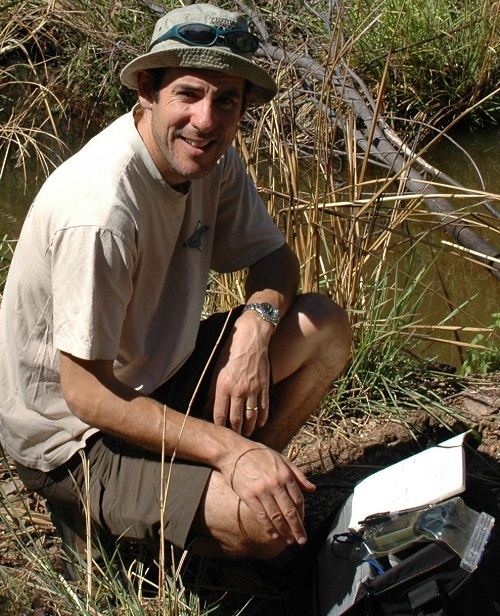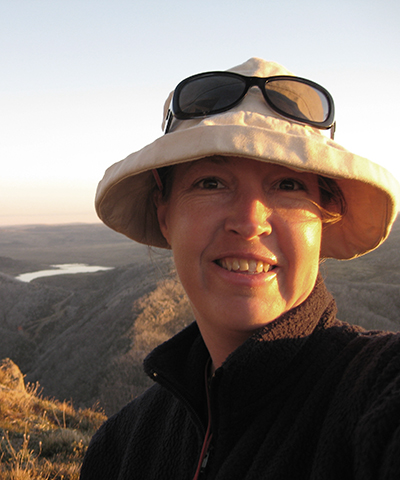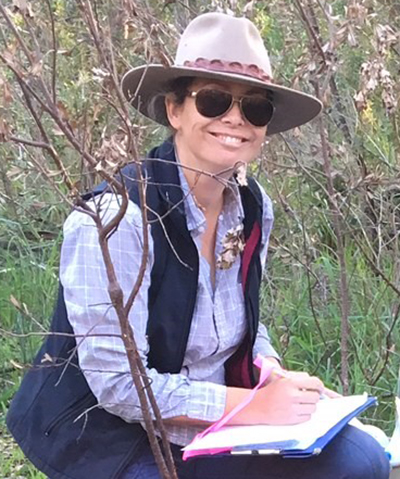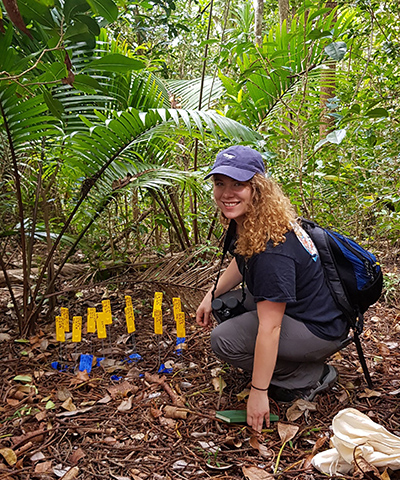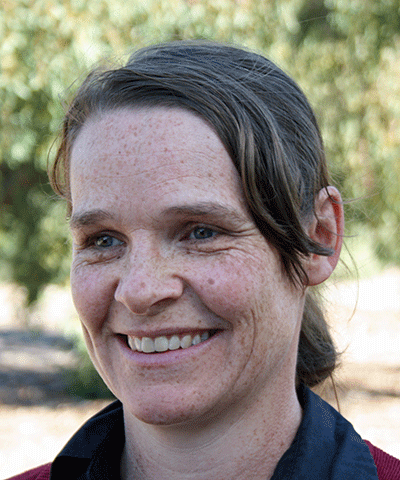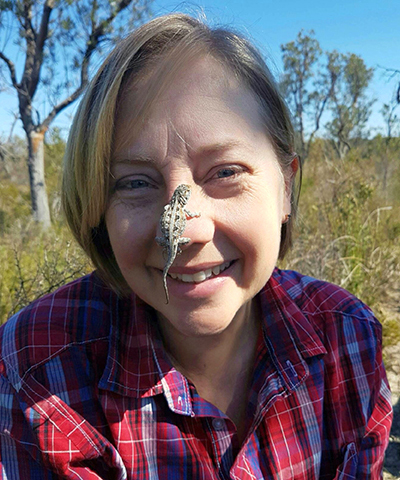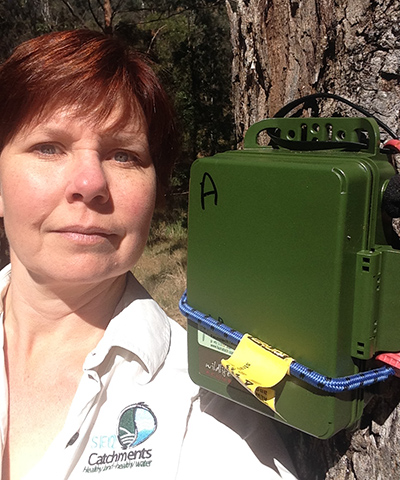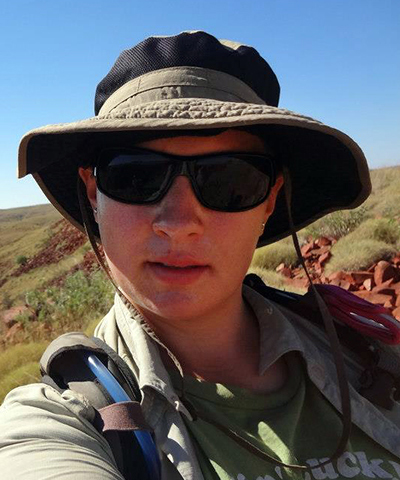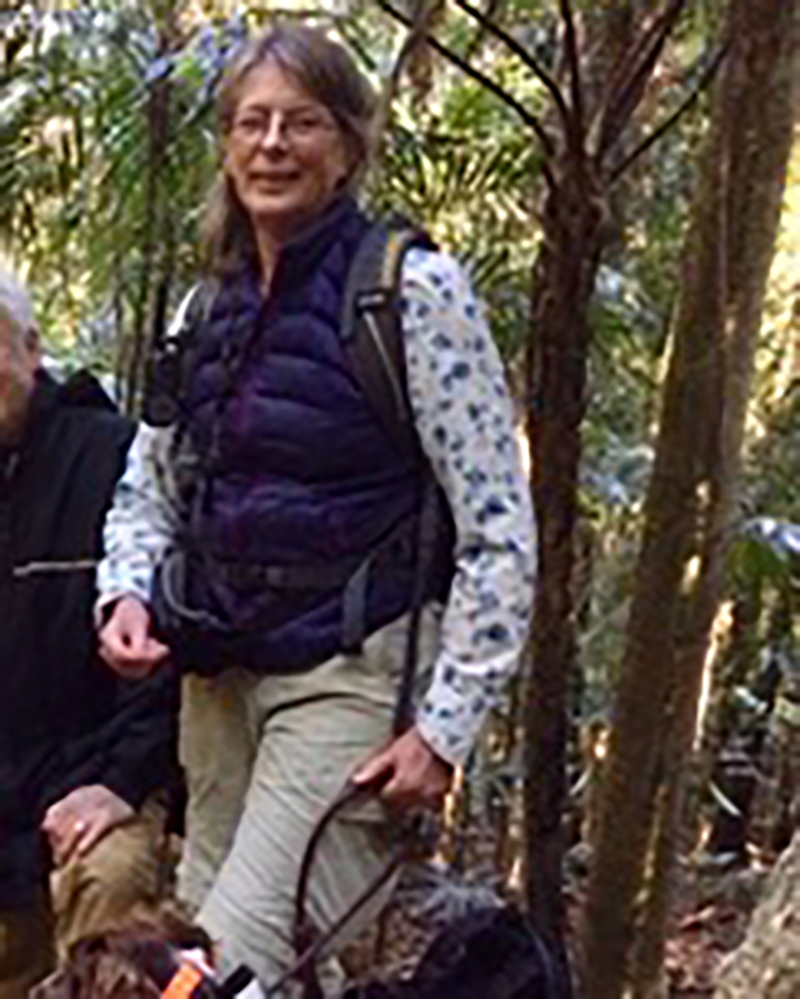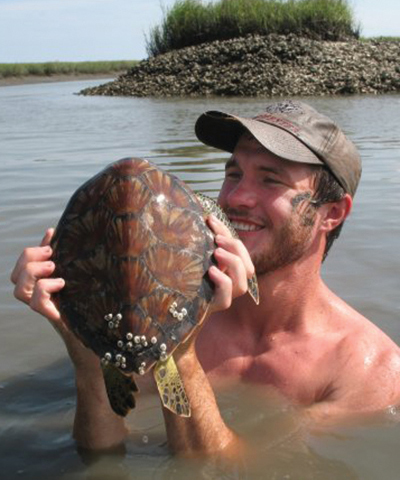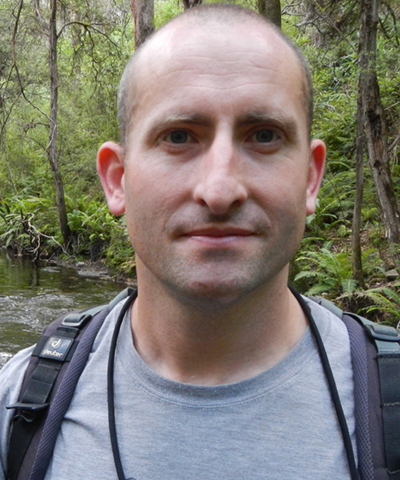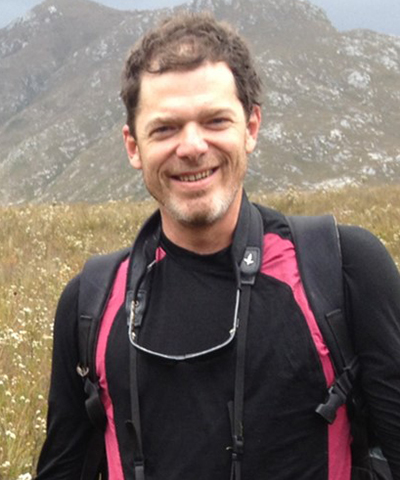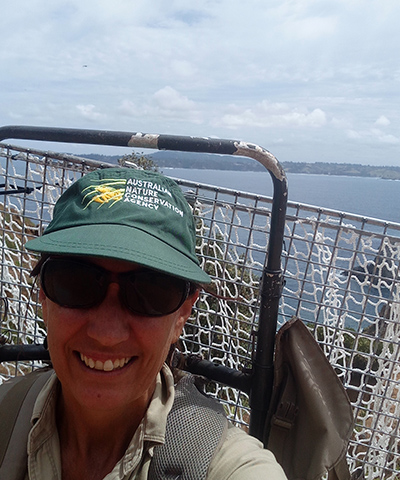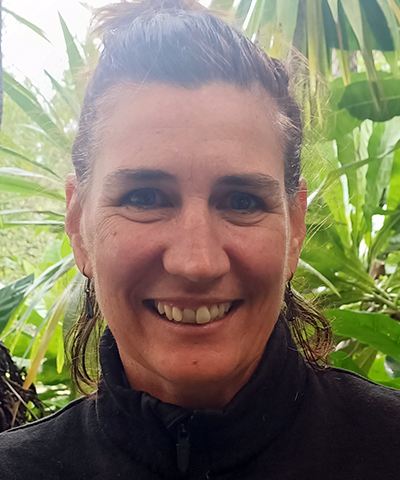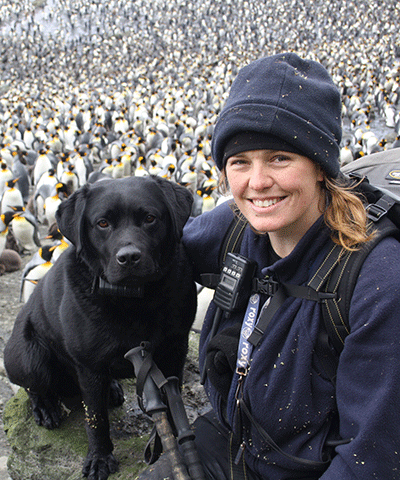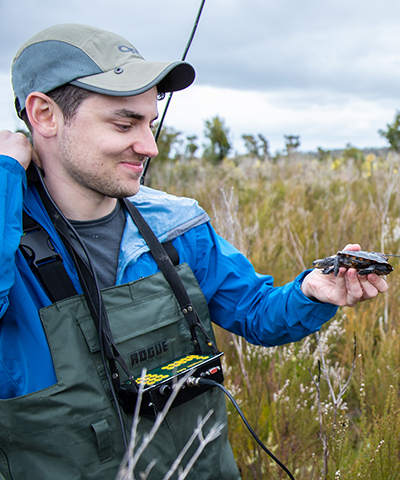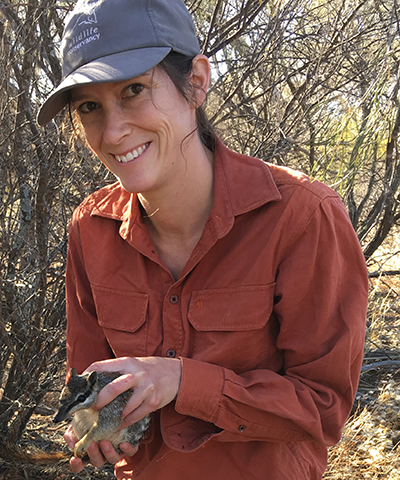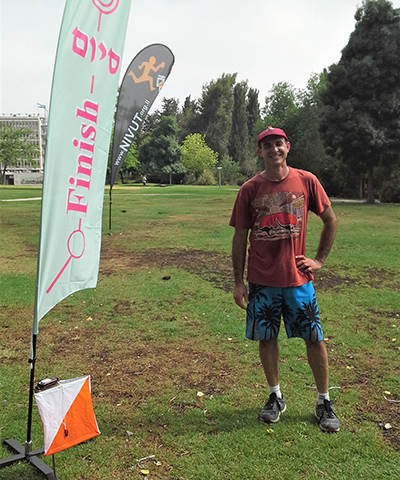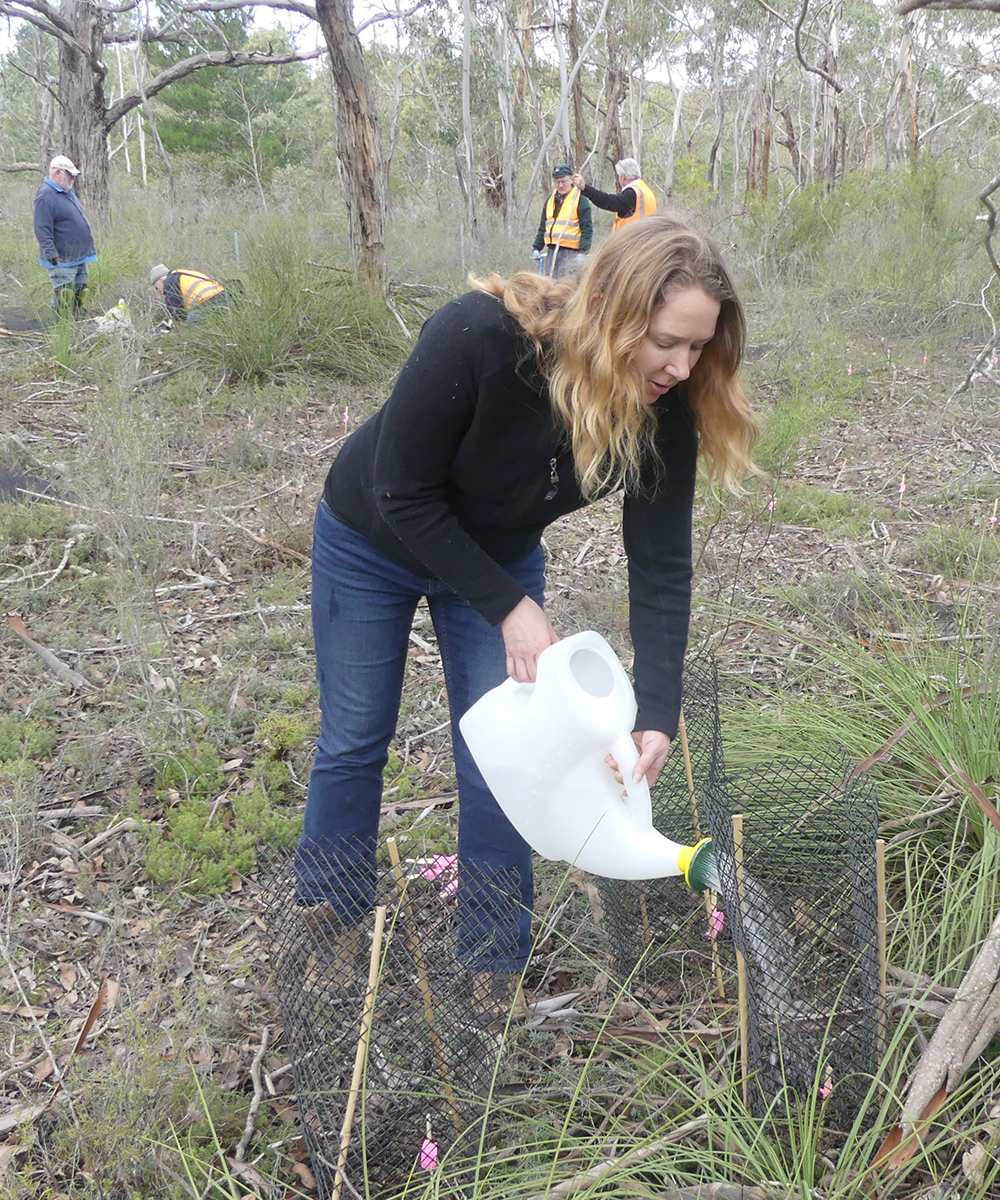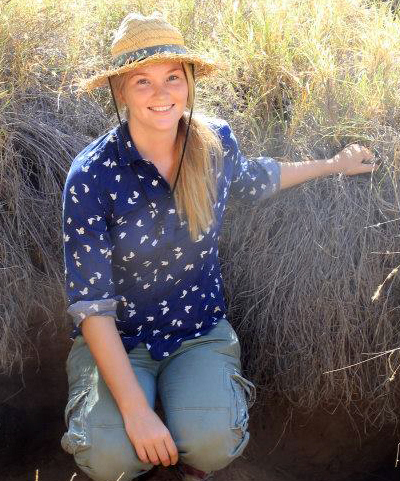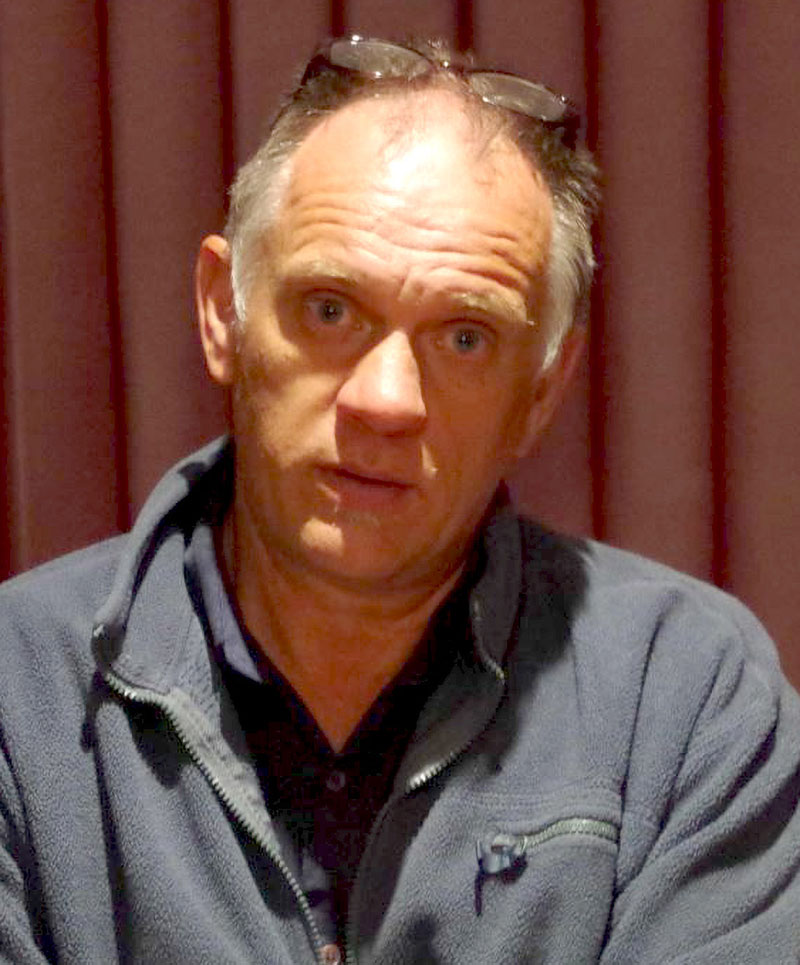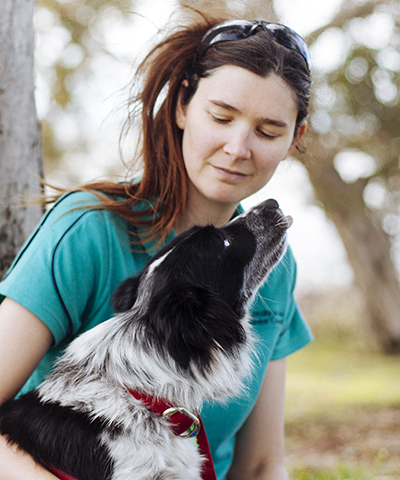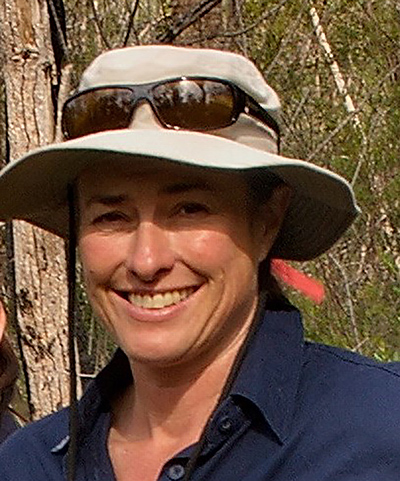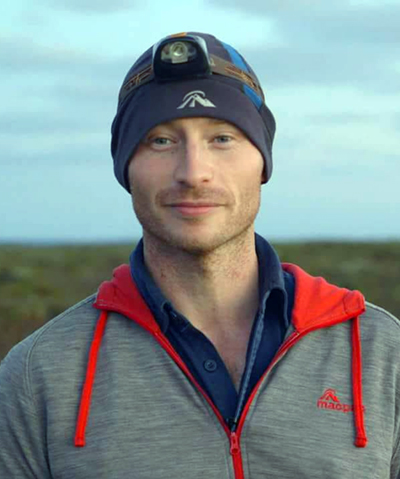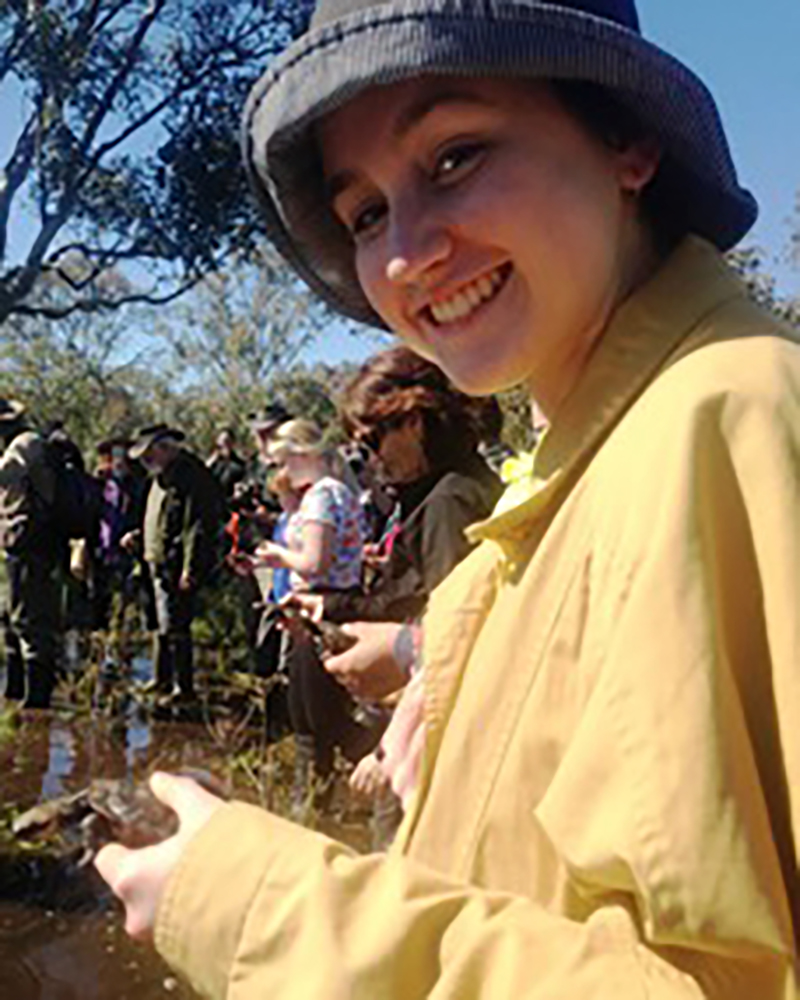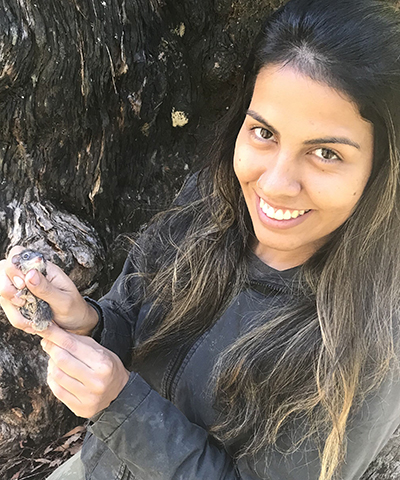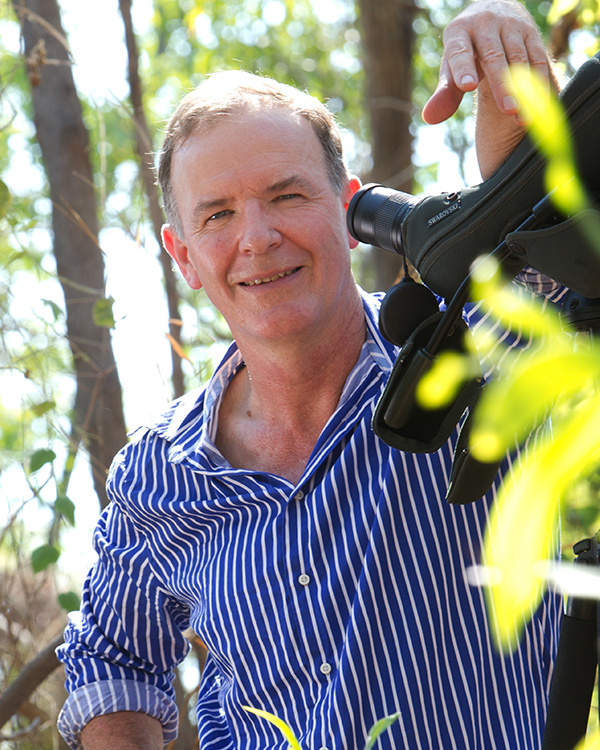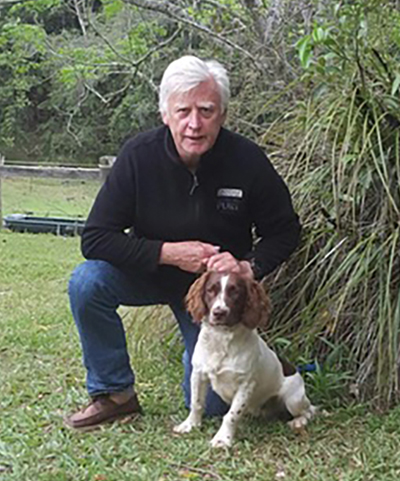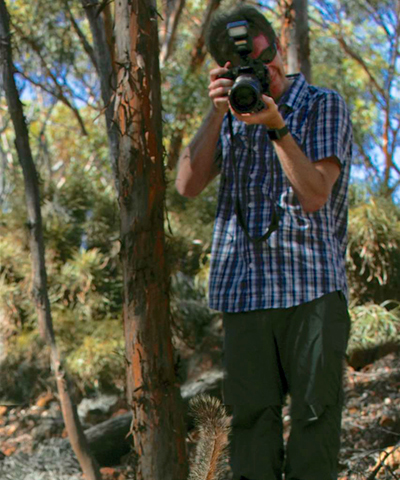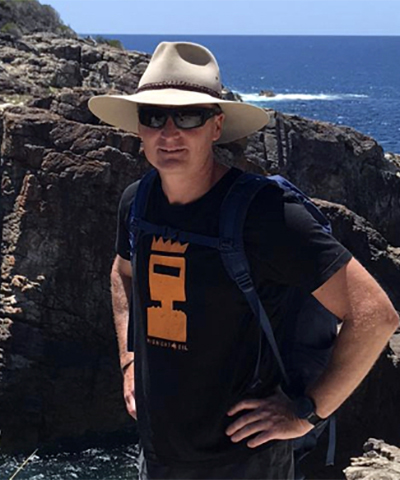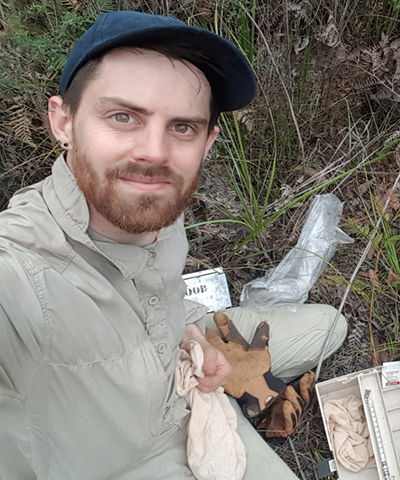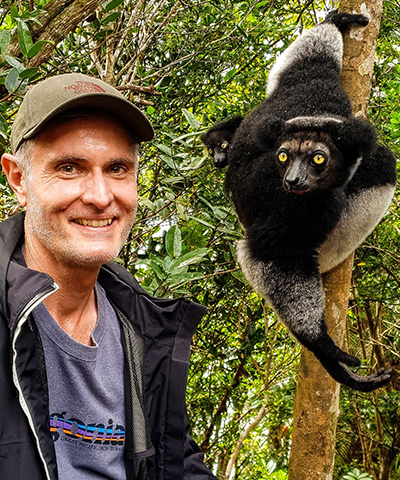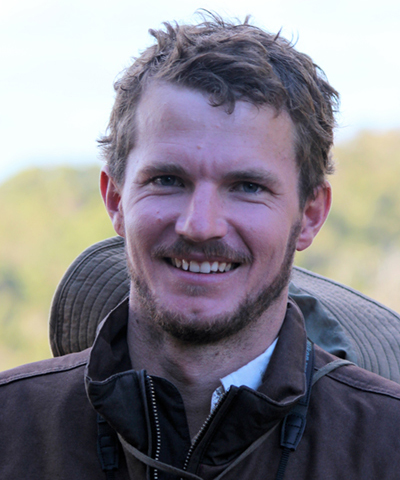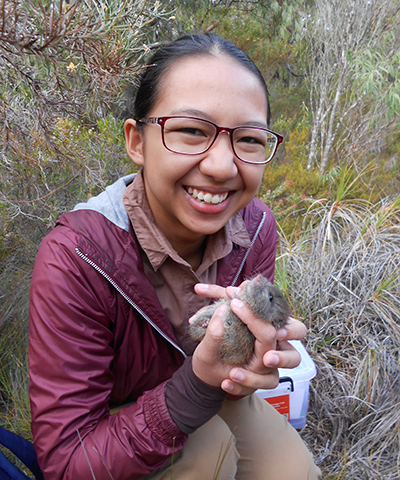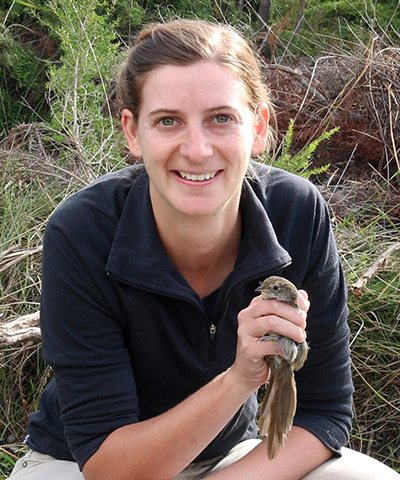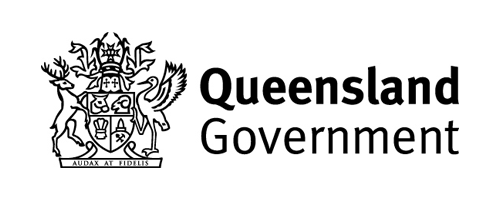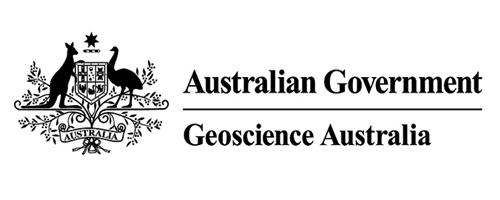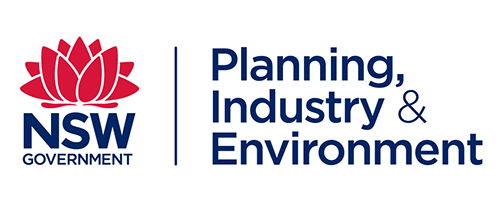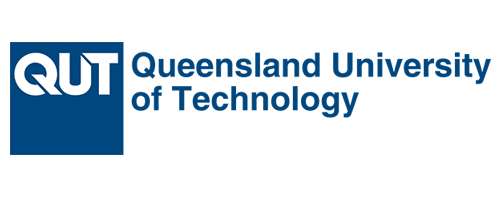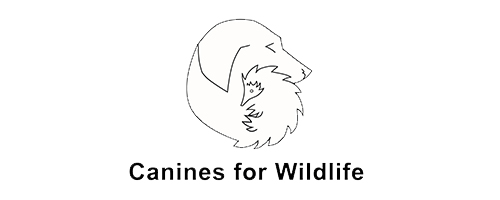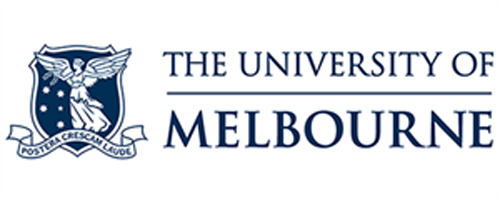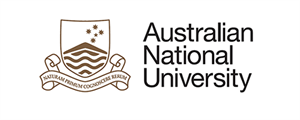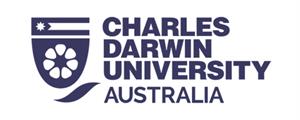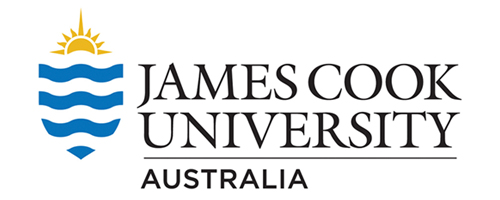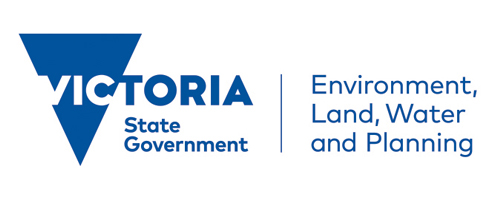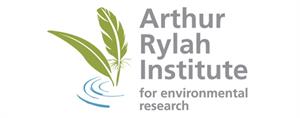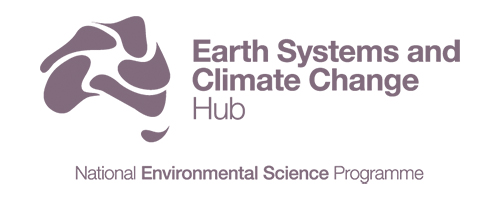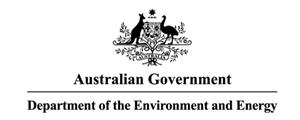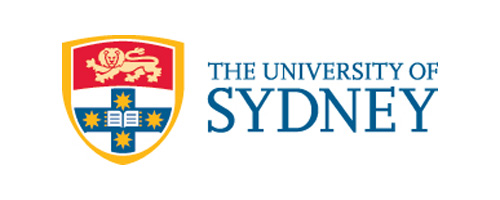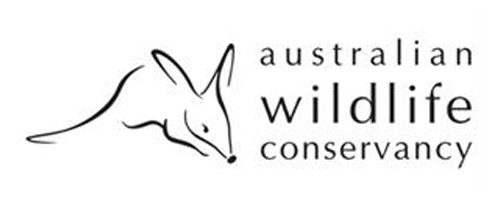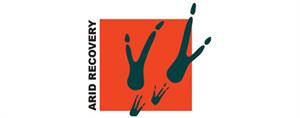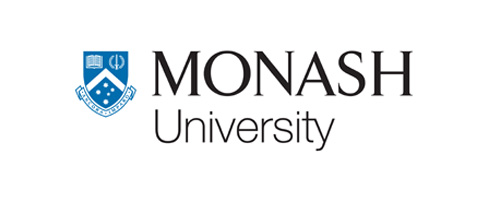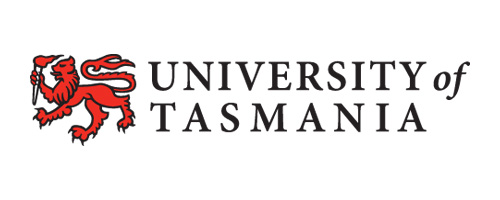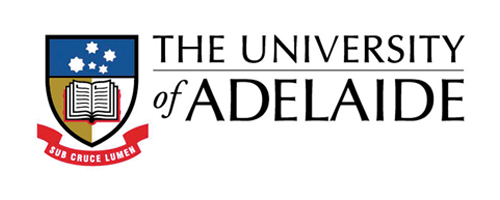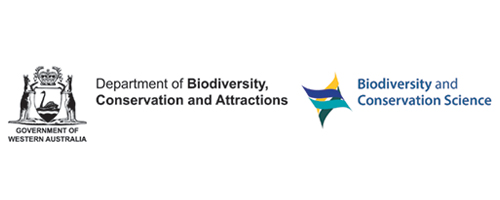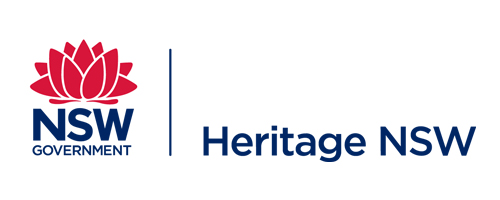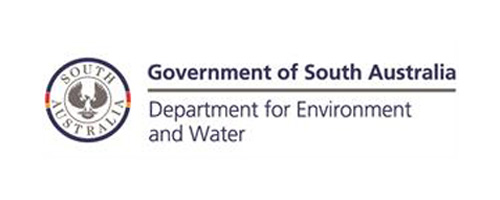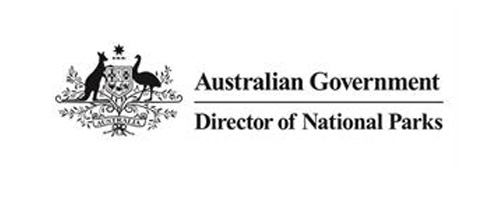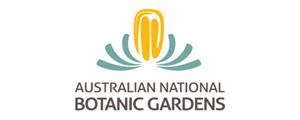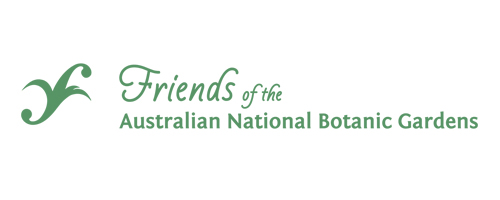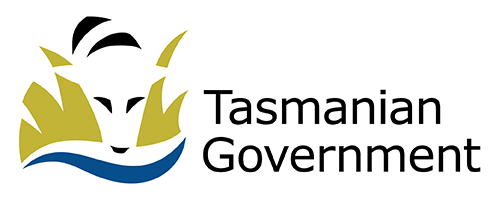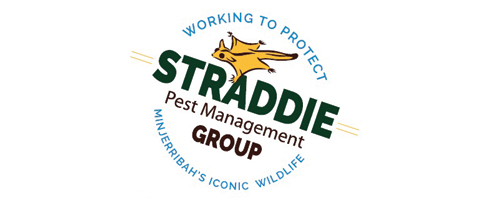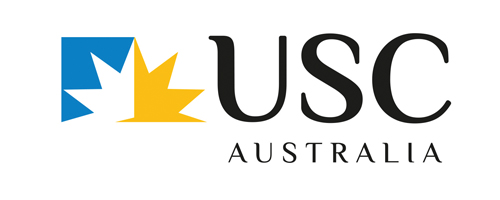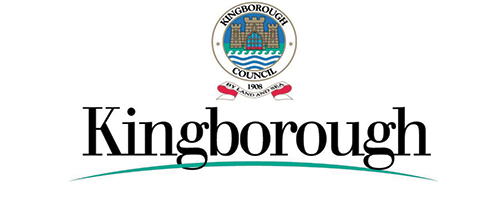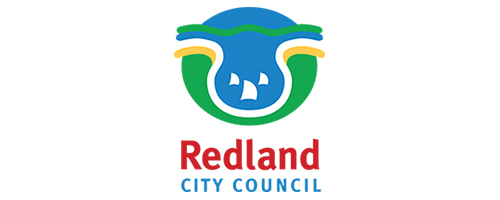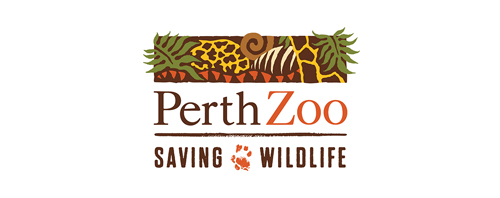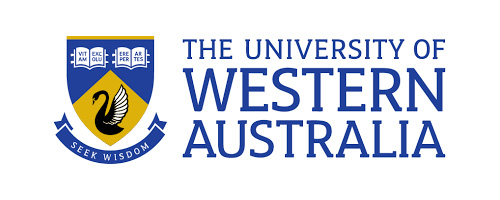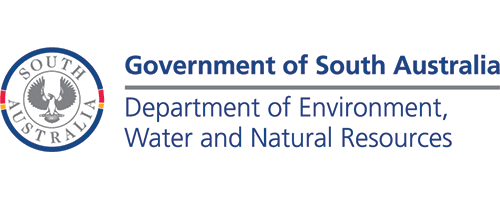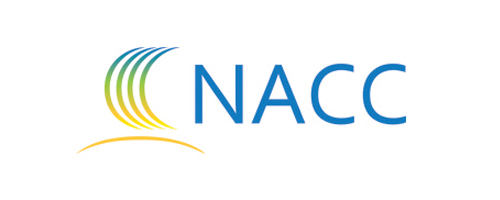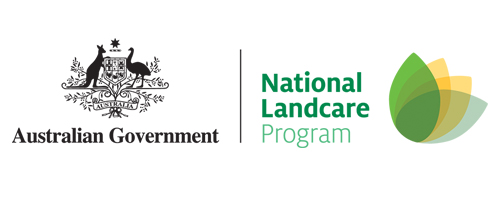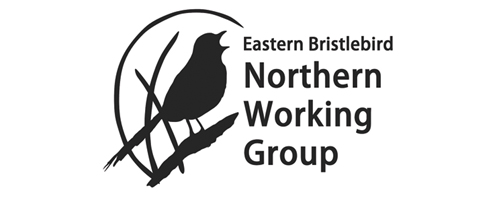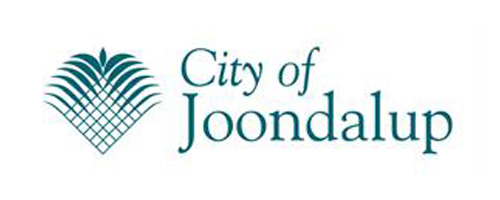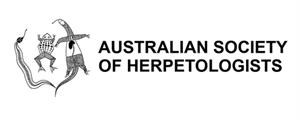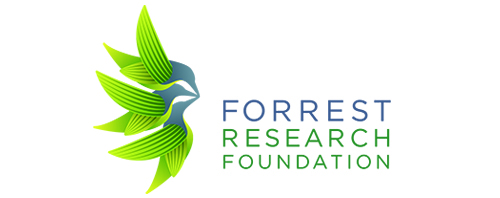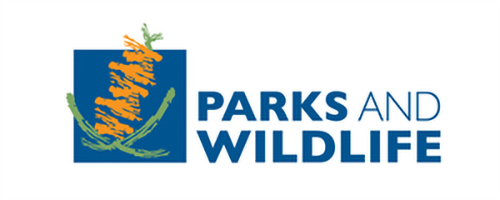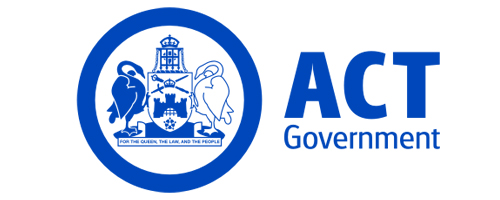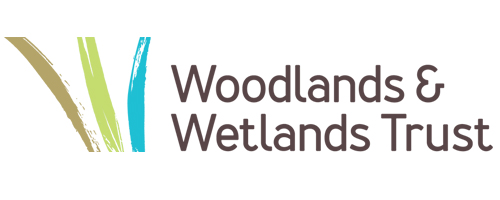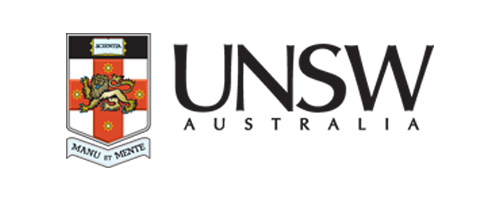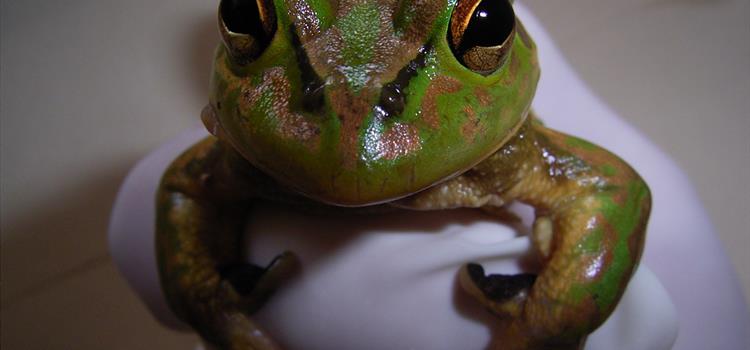
Theme 4.0
Reintroductions and refugia
Species close to extinction require special effort in the hope that new opportunities to deal with threats in the wild may emerge and increase their chances of survival.
Intensive management of threatened species involving zoos, fenced enclosures, nest boxes, translocation of individuals and quarantine from disease is expensive. Research is urgently needed to improve the cost-effectiveness of conservation interventions.
This theme will focus on:
- 4.1 Translocation, reintroduction and conservation fencing for threatened fauna
- 4.2 Saving species on Australian islands
- 4.3 Increased security of threatened plants through translocation
- 4.4 Improved management of refugia in the landscape
Projects
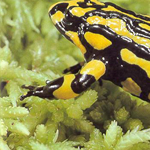
Translocation, reintroduction and conservation fencing for threatened fauna
4.1
This project will research the most feasible and cost-effective translocation strategies to boost the size and long-term viability of wild populations. This will include improved planning for, and implementation of, translocations of mammals, birds, reptiles and frogs.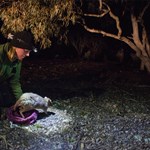
Reintroductions inside and outside fences in the ACT
4.1.2
This project is learning from, and providing strategic and technical support to a number of reintroduction programs within the ACT. This includes examining the feasibility of reintroducing a number of additional species to areas surrounded by a feral-proof fence, and a “beyond-the-fence” trial release of eastern bettong.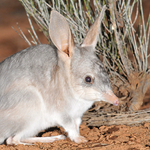
Learning from mammal translocations
4.1.3
Australian Wildlife Conservancy is undertaking a major project to re-establish populations of 10 regionally-extinct mammals, including nine threatened species, at Mt Gibson Wildlife Sanctuary, Western Australia. The reintroductions will integrate monitoring and research activities in order to improve the conduct of future reintroductions in Australia.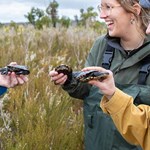
Assisted colonisation of Australia’s rarest reptile: The western swamp turtle
4.1.4.1
In a world first, this project is field-testing the viability of introducing one of Australia’s rarest reptiles, the Critically Endangered western swamp turtle, to wetlands more than 300km south of its native range, in an effort to mitigate the negative impacts of climate change.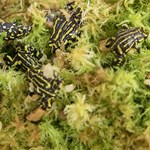
Optimising the timing for assisting the colonisation of threatened montane frogs
4.1.4.2
In this project, we are developing optimisation models for two Endangered species (the northern corroboree frog, and Spencer’s tree frog) to determine the ideal timeframe for when each species could be relocated to suitable habitats that are currently outside their natural range.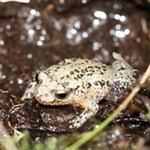
Improving conservation outcomes for critically endangered white-bellied frogs
4.1.4.3
The Critically Endangered white-bellied frog has undergone continued population declines, despite careful management. This project will target knowledge gaps around factors contributing to population declines, as well as better resolve the specific habitat and hydrological requirements of this species.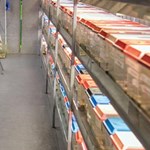
A decision tool for evaluating whether ex situ management is appropriate for a threatened species
4.1.5
Ex situ management (e.g., captive breeding) can be used to increase the viability of a species in the wild by supplementing or creating wild populations. This research project will create an accessible decision tool to aid decision-making and planning for ex situ management of threatened species.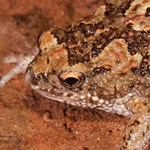
Can assisted gene flow increase the resilience of terrestrial-breeding frogs to a drying climate?
4.1.6.1
This project will investigate whether assisted gene flow could enhance the resilience of two species of non-threatened amphibians from the south-west of Australia to increasingly dry conditions.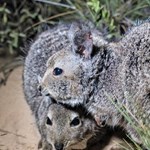
Genetic management and population modelling of translocated fauna
4.1.6.2
This project focuses on the genetic management of mammals translocated as part of a major restoration project underway on Dirk Hartog Island that is led by Western Australia’s Department of Biodiversity, Conservation and Attractions (DBCA). Focal species include the Shark Bay bandicoot, the banded hare-wallaby and the dibbler.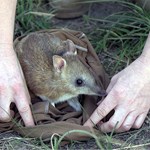
Genetic rescue of mountain pygmy possums and eastern barred bandicoots: Understanding the genomic consequences of genetic rescue
4.1.6.3
Genetic rescue strategies are becoming more important in many threatened species conservation programs. However, an understanding of genomic consequences of a genetic rescue is currently lacking. In this project we will dissect the genomics of genetic rescue in two Australian threatened species, the mountain pygmy-possum and the Victorian eastern barred bandicoot.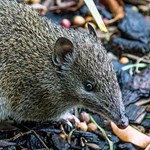
Enhancing ecosystem function by reintroductions of digging mammals
4.1.7
Many of Australia’s threatened species, such as bettongs and bandicoots, are considered ecosystem engineers due to the important functional role they provide in landscapes. This project examines what happens to ecosystem processes at sites where digging mammals have been reintroduced.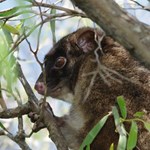
Understanding genomic variation in the western ringtail possum for adaptive conservation
4.1.8
The western ringtail possum is Critically Endangered. It faces numerous threats that have resulted in highly fragmented populations, including habitat loss, predation by introduced predators and climate change in the south-west of Australia.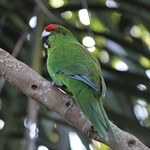
Genetic analysis of the Norfolk Island morepork and green parrot
4.1.9
The Norfolk Island morepork (or boobook), Ninox novaeseelandiae undulata, and the Norfolk Island green parrot, Cyanoramphus cookii, are both endemic to Norfolk Island and are listed as Endangered under the EPBC Act. Both are priority species under the Threatened Species Strategy and a priority for management by Norfolk Island National Park.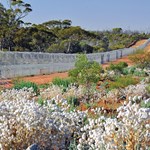
Re-establishing critical weight range mammals in the northern wheatbelt of Western Australia: Reintroductions to a safe haven free of introduced predators
4.1.11
Introducing threatened mammals to feral predator-free safe havens (islands and fenced reserves) has made an important contribution to their conservation, and the establishment of additional safe havens is a key action of the Australian Government’s Threatened Species Strategy.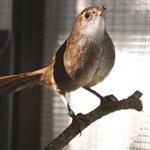
Reintroduction plan to rescue the northern eastern bristlebird
4.1.12
The ecologically unique northern population of the eastern bristlebird is among the most threatened Australia birds. This project will develop an emergency action plan that will guide on-the-ground actions to stop the decline, increase the wild population and directly improve long-term persistence.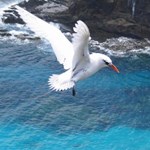
Saving species on Australian islands
4.2
This project will help shape on-ground actions on Australian islands – which are havens for threatened species. It will develop information to more effectively protect Australia’s island biodiversity and create safe refuges for species at risk.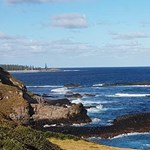
Creation and analysis of a national database of threatened species on Australian islands
4.2.1
This project is establishing a national database of threatened species across all of Australia’s islands, which is helping fill these knowledge gaps, as well as beginning the process of understanding how to best conserve our island-based plants, animals and ecosystems.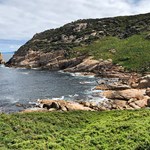
Actions for saving threatened species on priority islands
4.2.2
Although islands are havens for biodiversity, more species extinctions have occurred on Australia’s islands than on its mainland. This project looked at case study islands, focusing on eradicating cats and managing other invasive species to improve threatened species conservation on Stradbroke Island, Maria Island and Bruny Island.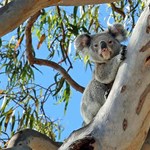
Optimising feral animal control to benefit threatened species on South East Queensland Islands
4.2.2.1
This research project aims to support invasive species (red fox, feral cat) eradication planning on Minjerribah (North Stradbroke Island). By gathering relevant local knowledge about eradication strategies, feasibility, community values and time preferences, the project will better inform management objectives.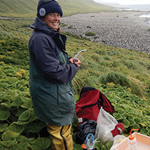
Post-eradication monitoring on Macquarie Island
4.2.3
Sub-Antarctic Macquarie Island has been the object of Australia’s most ambitious and expensive eradication program ending in 2014, with cats, rats, mice and rabbits eradicated. This project will examine different aspects of species and ecosystem recovery on the island following the eradication program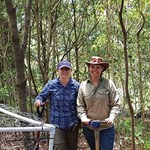
Norfolk Island threatened species conservation
4.2.4
This research seeks to examine the mechanisms driving native plant recruitment, along with an assessment of flora–fauna interaction networks, particularly native plant interactions with invasive weeds, rats and chickens on Norfolk Island. It will identify and quantify key threats and barriers to recruitment of native plant species.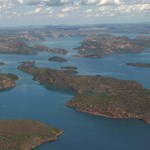
Protecting threatened quolls and other biodiversity on Kimberley islands from cane toads
4.2.5
This research will use existing data to predict future invasion by cane toads of Australian islands, particularly the Kimberley islands. This information is important for prioritizing surveillance action on these islands in order to conserve toad-sensitive species such as the endangered Northern Quoll.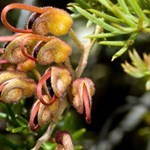
Threatened plant translocations
4.3
Translocations are being increasingly used in threatened plant recovery programs. The outcomes of past translocation programs have often been poorly documented or unpublished. This makes it hard to learn from the past experiences, to adapt and improve techniques in response to outcomes or to determine if investments have been worthwhile.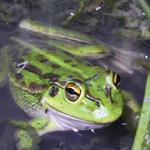
Identifying and managing refuges from threats
4.4
Refuges are important to many species, as they allow many species to survive environmentally stressful times, like droughts, fires and disease outbreaks. While fixed refuges like mountain tops can be easy to identify, many species rely on temporary refuges which move in time and space.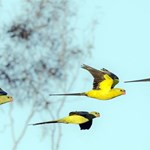
Threatened bird conservation in Murray-Darling Basin wetland and floodplain habitat
4.4.7
This project is designed to build a better understanding of how threatened bird species use the wetland and floodplain environments of the Murray–Darling Basin.
Mapping distributions, threats and opportunities to conserve the greater glider
4.4.8
This project will inform landscape management actions and recovery planning for the greater glider across its whole range by mapping threats and opportunities for management, and improving predictions of species’ persistence and range changes.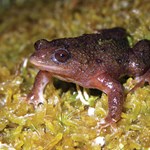
Modelling distributions of species under environmental change
4.4.10
This project informs and updates Department of Agriculture, Water and the Environment (DAWE)’s current practices for species distribution modelling under future climate change.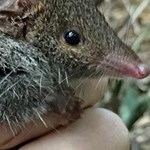
Using detection dog techniques to conserve Queensland’s Endangered montane species
4.4.11
Three Endangered species survive only in tiny populations in small areas of particular mountain ranges in Queensland: two mammals ranked in the top 20 Australian mammals most likely to go extinct (the carnivorous marsupials black-tailed dusky antechinus,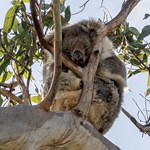
A national approach to the integration of koala spatial data to inform conservation planning
4.4.12
The koala populations of New South Wales, Queensland and the Australian Capital Territory are listed as threatened under the EPBC Act. This project will work with these jurisdictions to ensure the national recovery plan for koalas aligns with state/territory strategies, plans and legislation, with the outcome of a coordinated and collaborative national approach to koala conservation.Project Leaders
Project Team
Related News
-
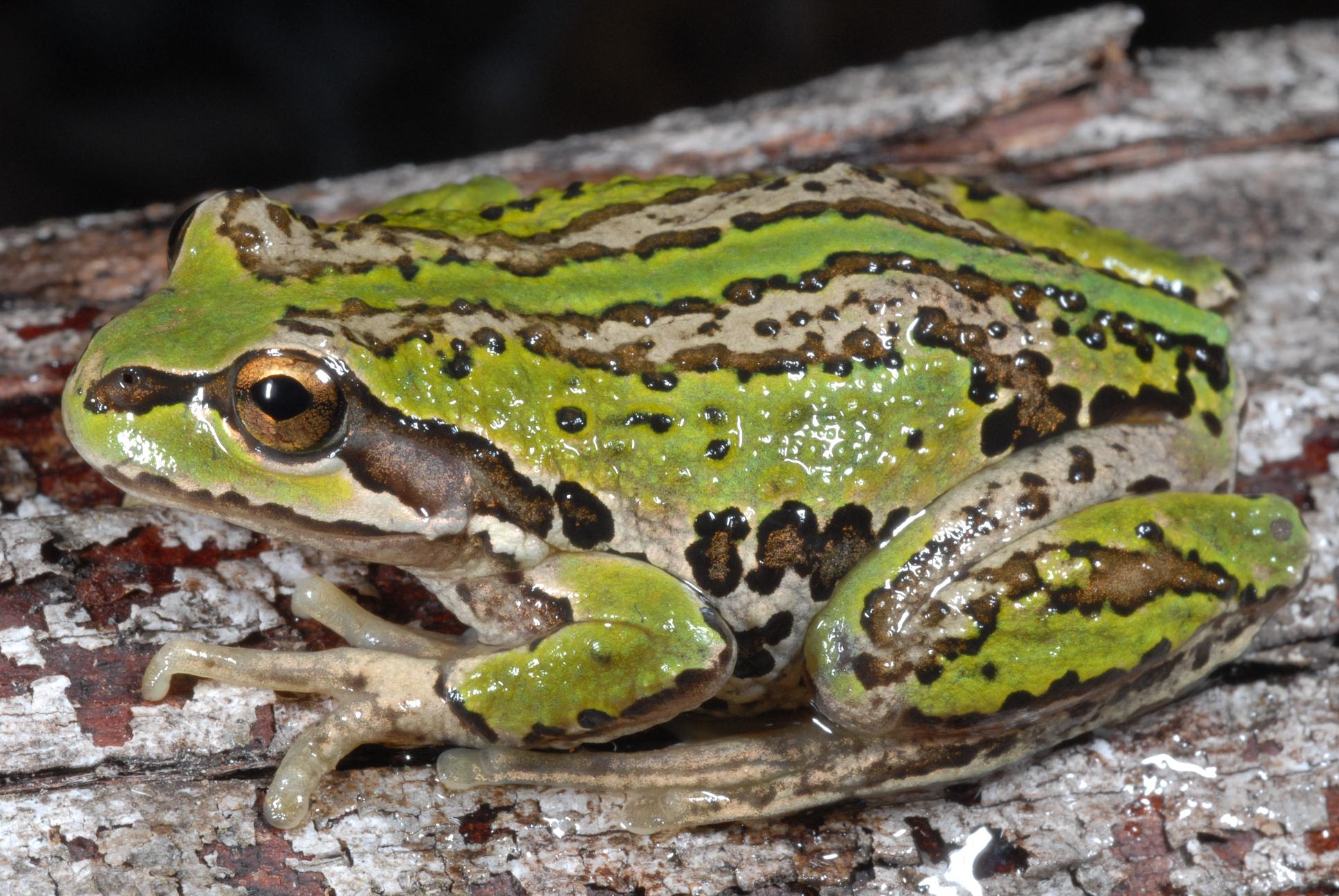
The Niche-Reduction Hypothesis: Rethinking how we manage threatened species
Thursday, 25 May 2017 -
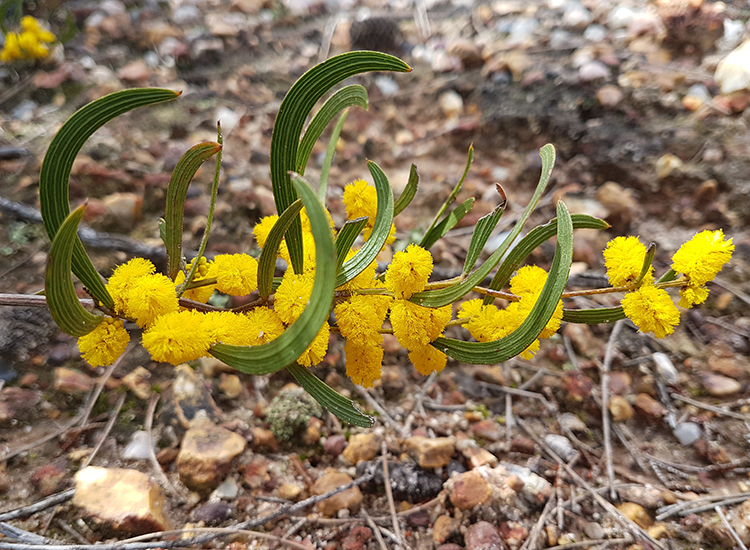
Fire a vital ingredient for the recovery of a Critically Endangered wattle
Wednesday, 02 September 2020 -
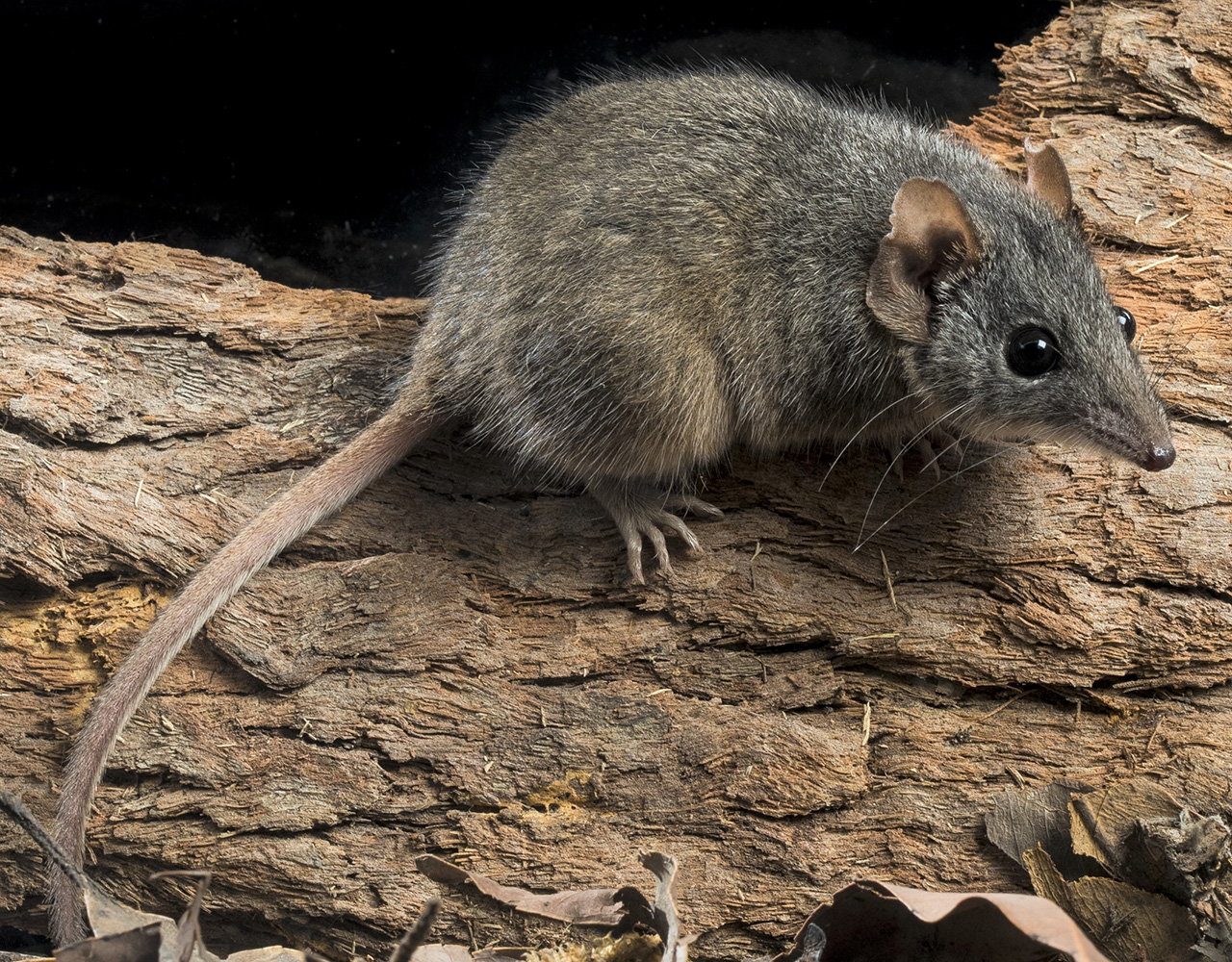
Moving mountains for the antechinus: The importance of food availability and high-elevation habitat
Wednesday, 21 October 2020 -
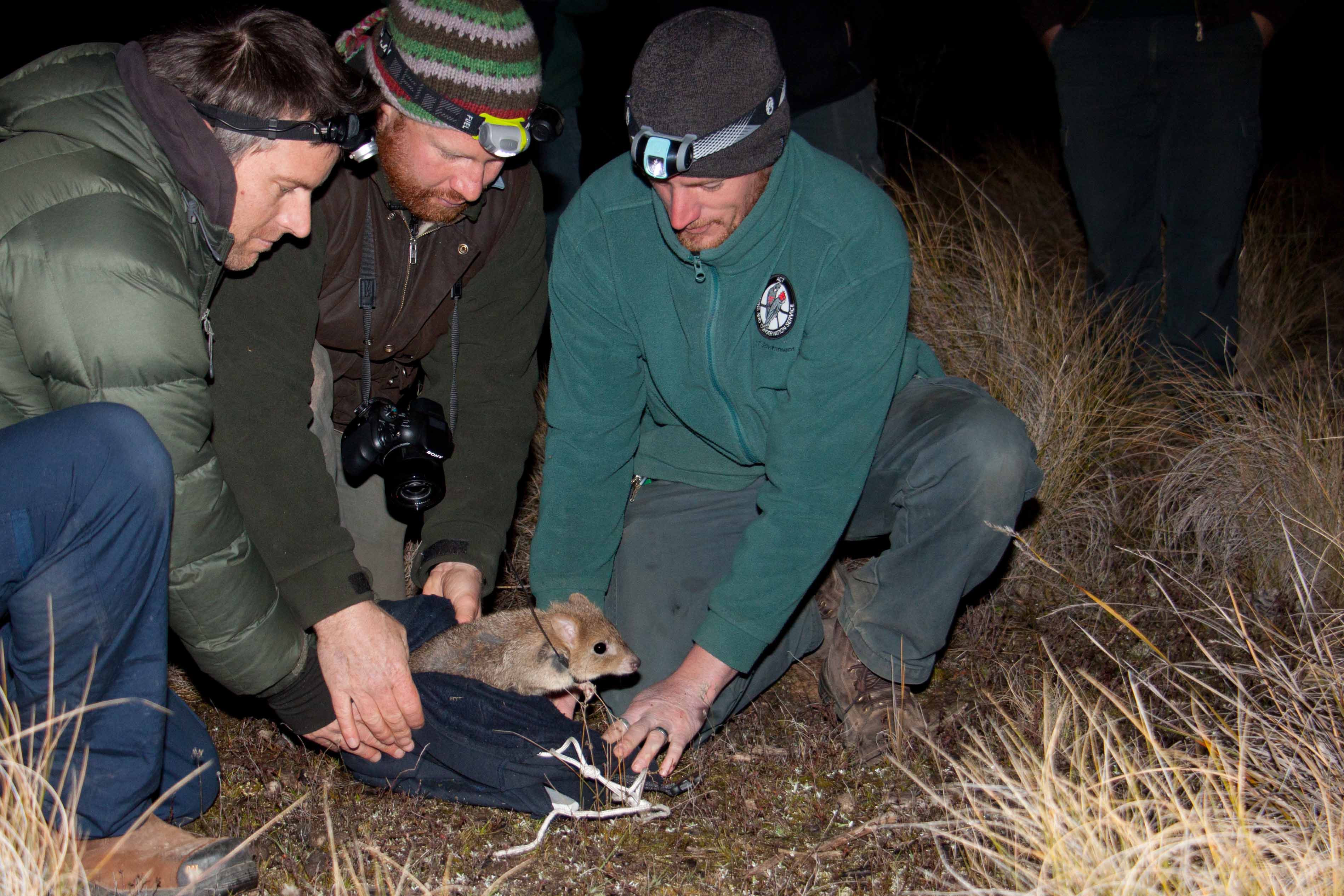
A bettong in the bush is worth…
Monday, 13 March 2017 -
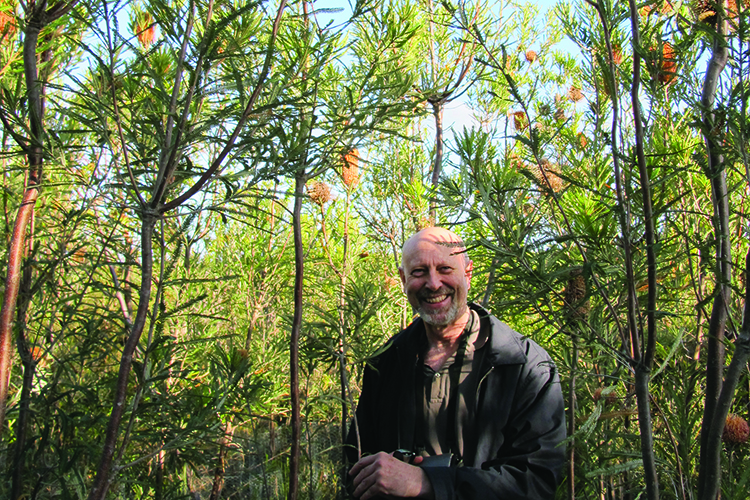
David Coates: A dedication to Australia's plantlife.
Sunday, 11 November 2018 -
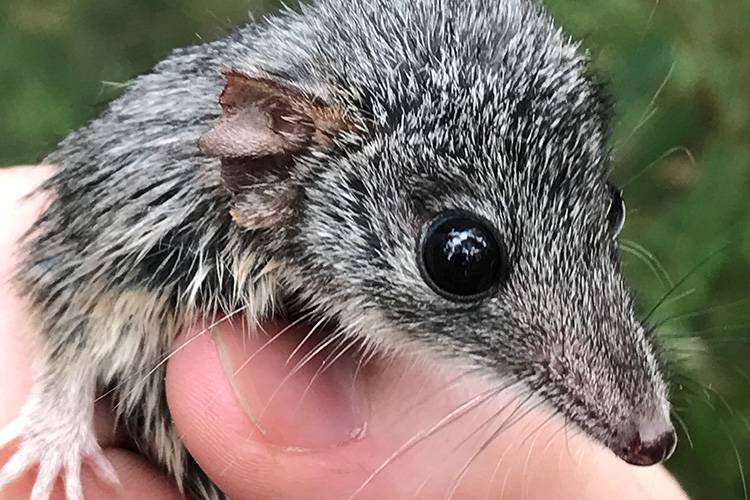
Detection dogs rapidly filling the gaps for rare antechinus species
Tuesday, 26 November 2019 -
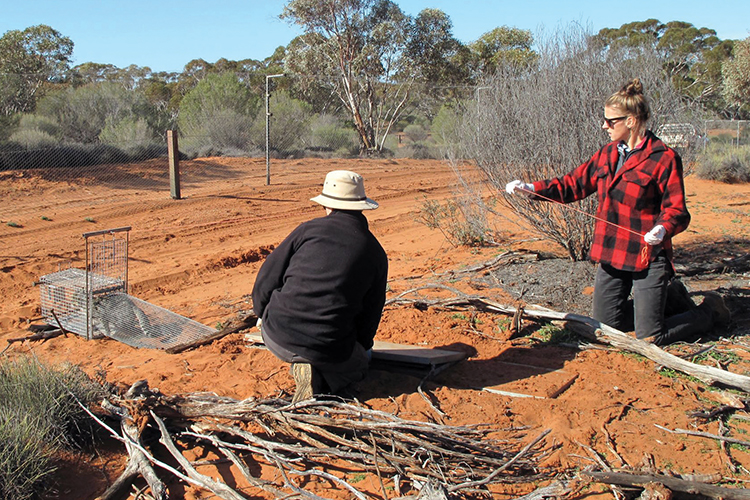
Effective conservation of Australian mammals threatened by cats
Monday, 16 March 2020 -
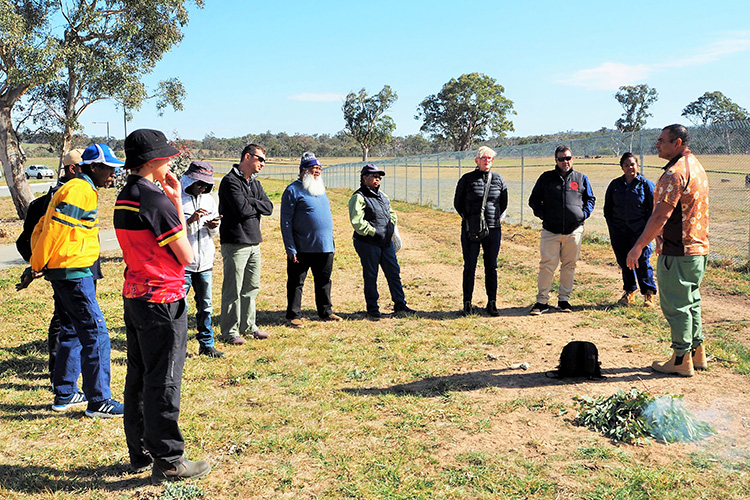
Exploring a haven for Yawuru Country
Tuesday, 26 November 2019 -
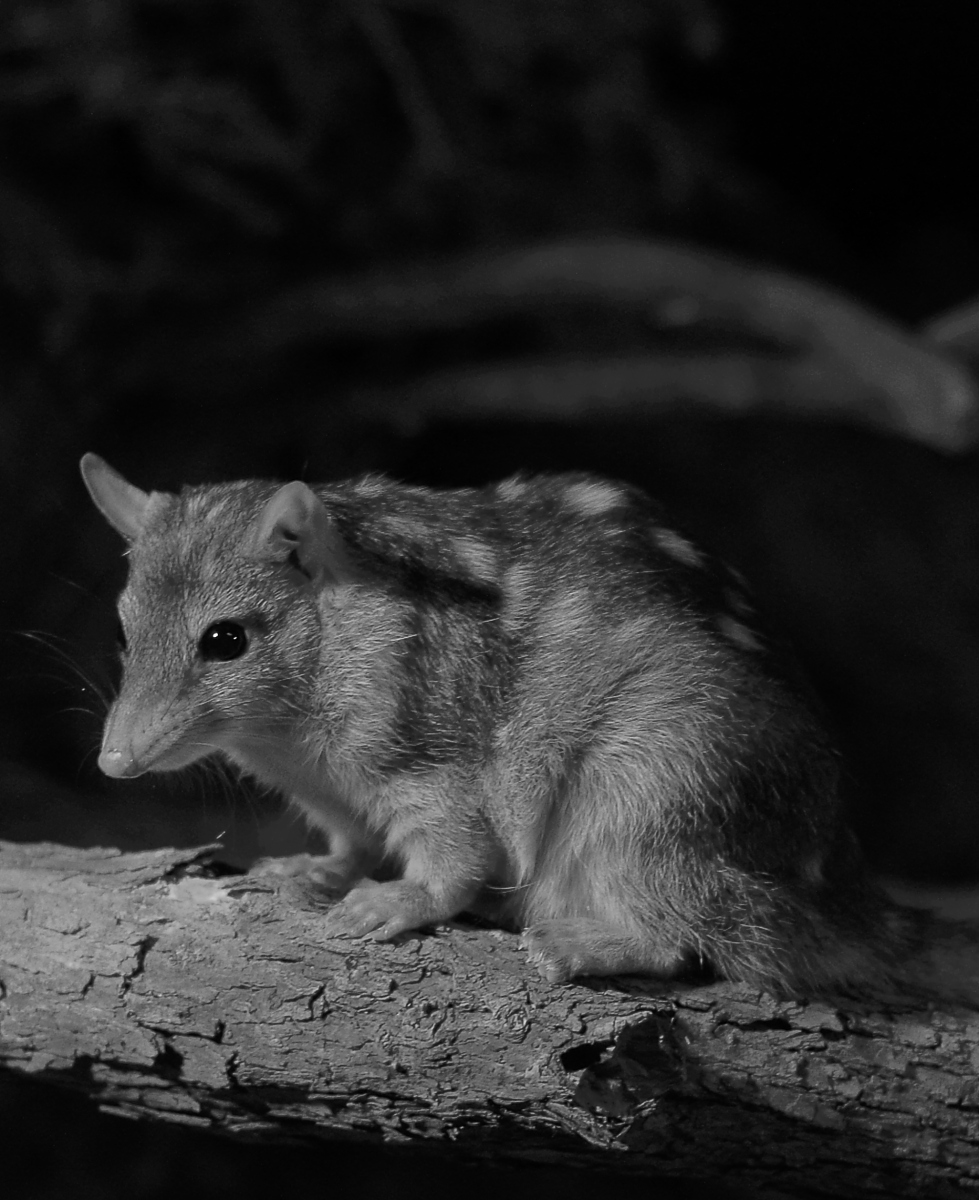
Finding the places where threatened species hide
Friday, 06 May 2016 -
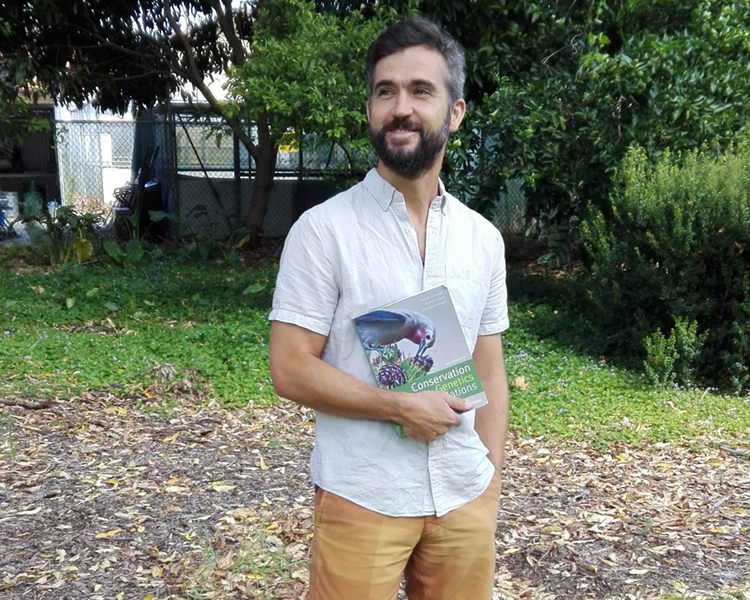
From genes to saving species
Tuesday, 29 May 2018 -
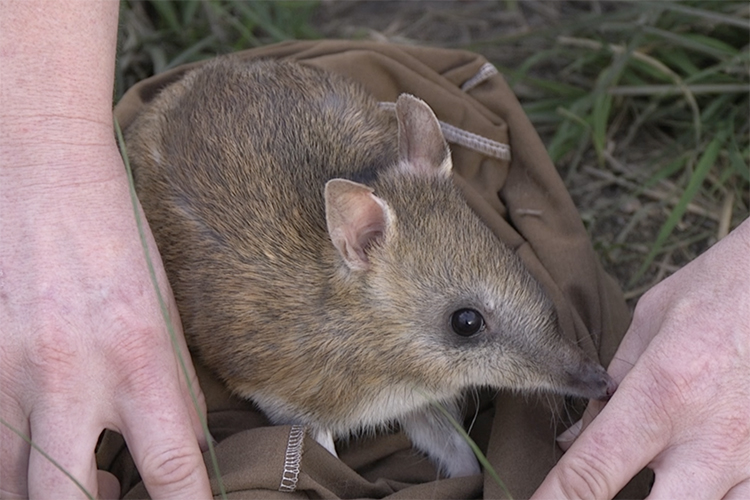
Genetic rescue for threatened species: Bandicoot bounces back
Tuesday, 26 November 2019 -
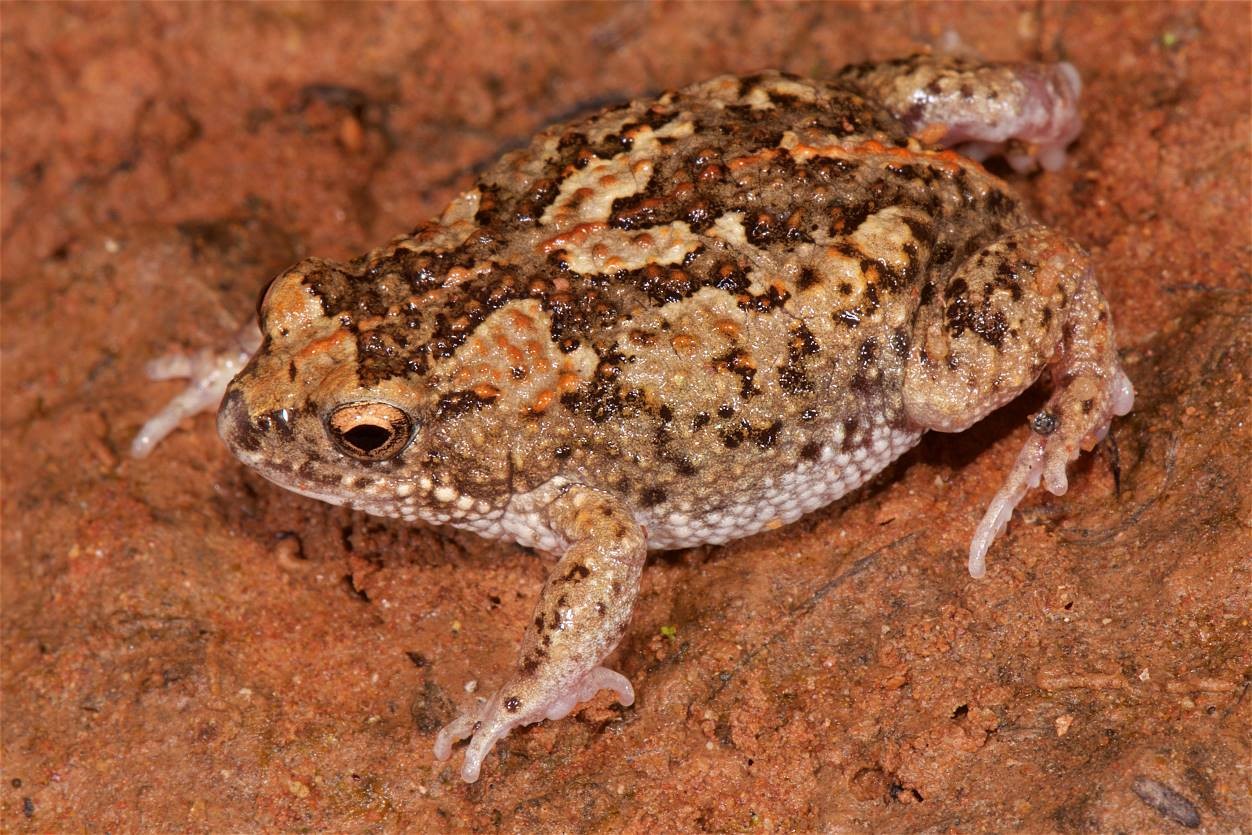
Genetic translocation spawns hope for frogs
Thursday, 07 July 2016 -
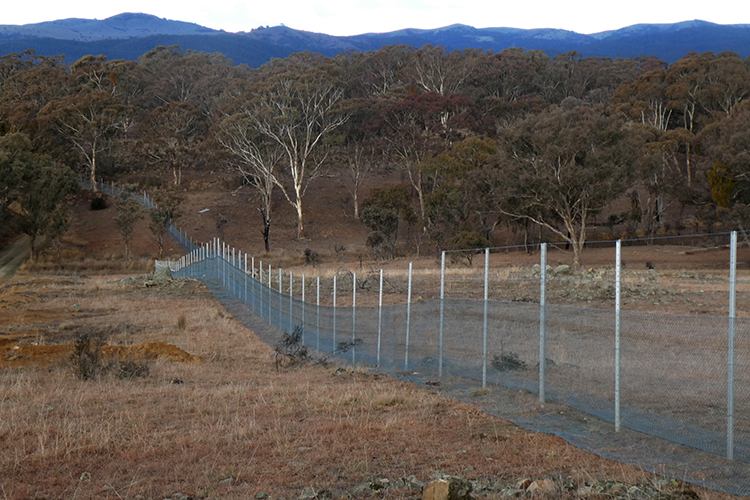
Getting strategic with havens
Thursday, 08 November 2018 -
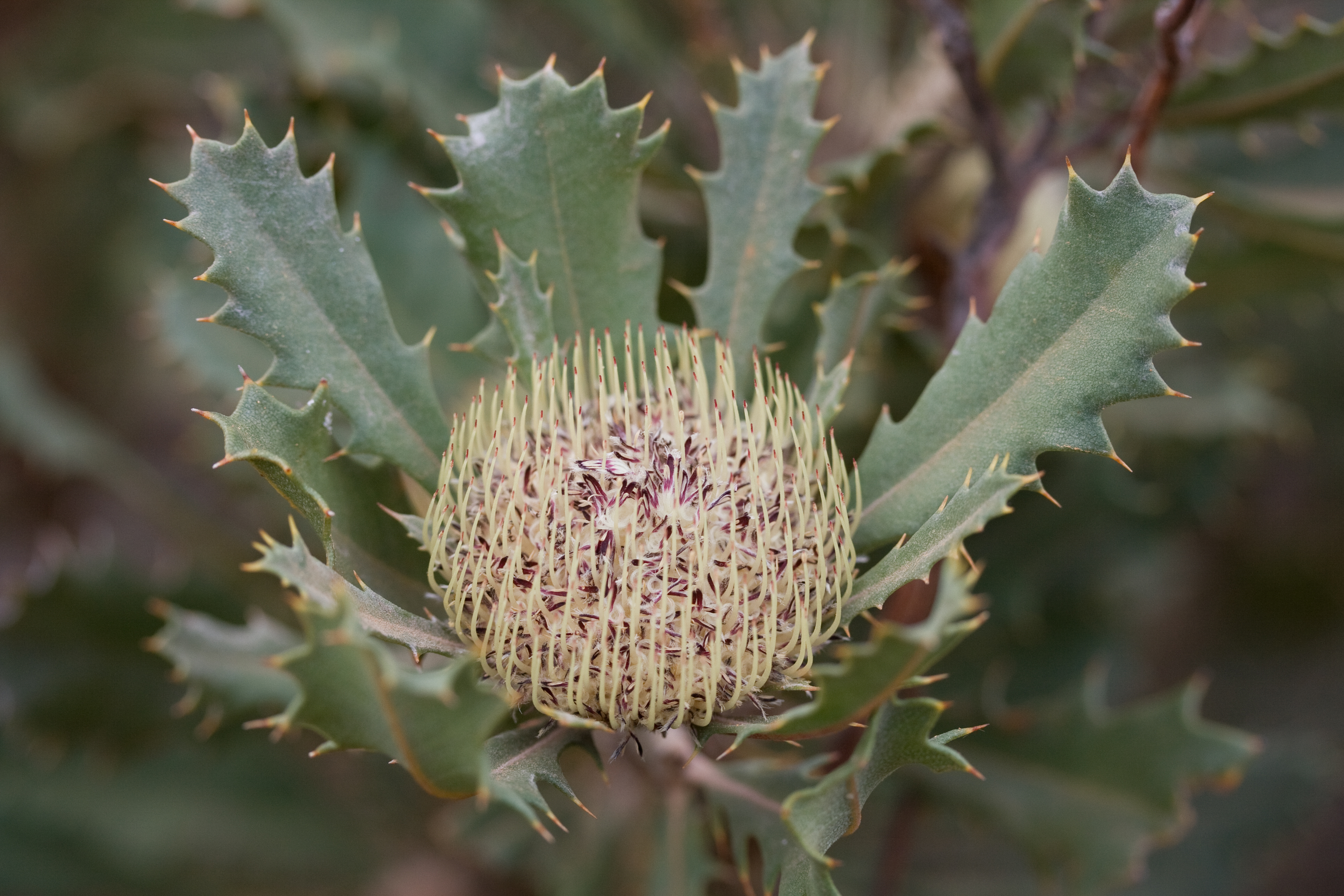
Hundreds of translocations but who's counting?
Thursday, 08 September 2016 -
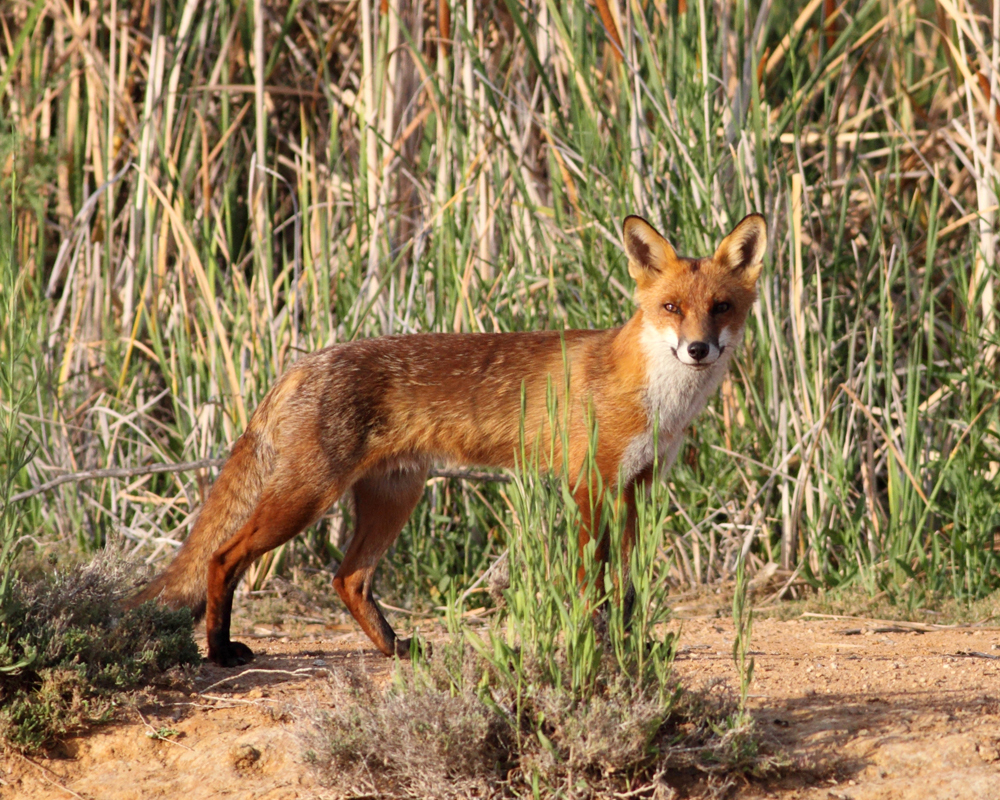
Invasive species and habitat loss our biggest biodiversity threats
Monday, 10 December 2018 -
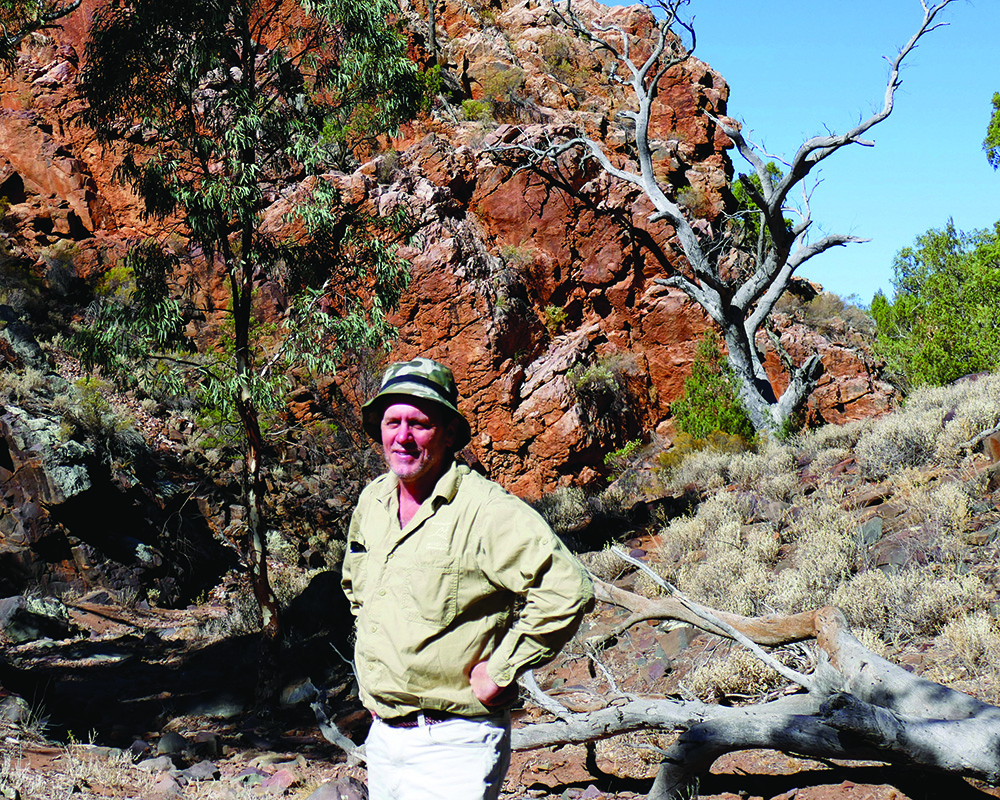
Researcher Profile: John Kanowski, A life in ecology
Monday, 24 September 2018 -
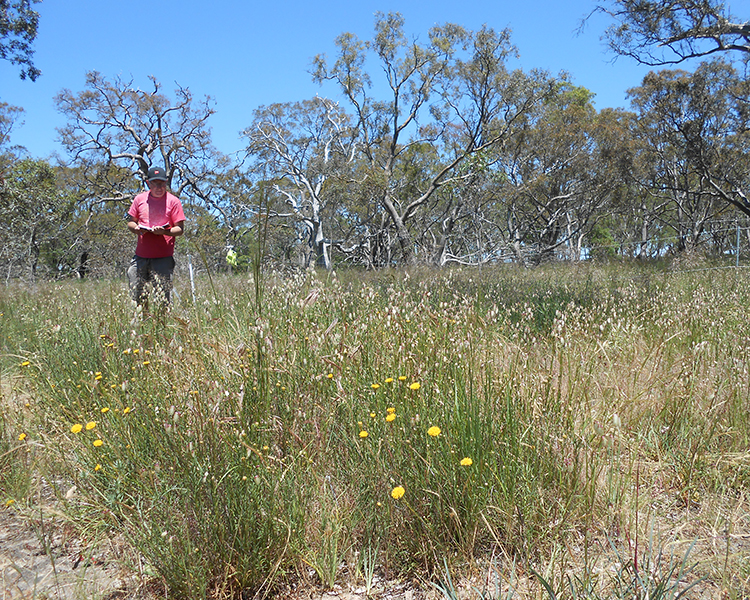
Learning from plants going places in Australia
Monday, 02 October 2017 -
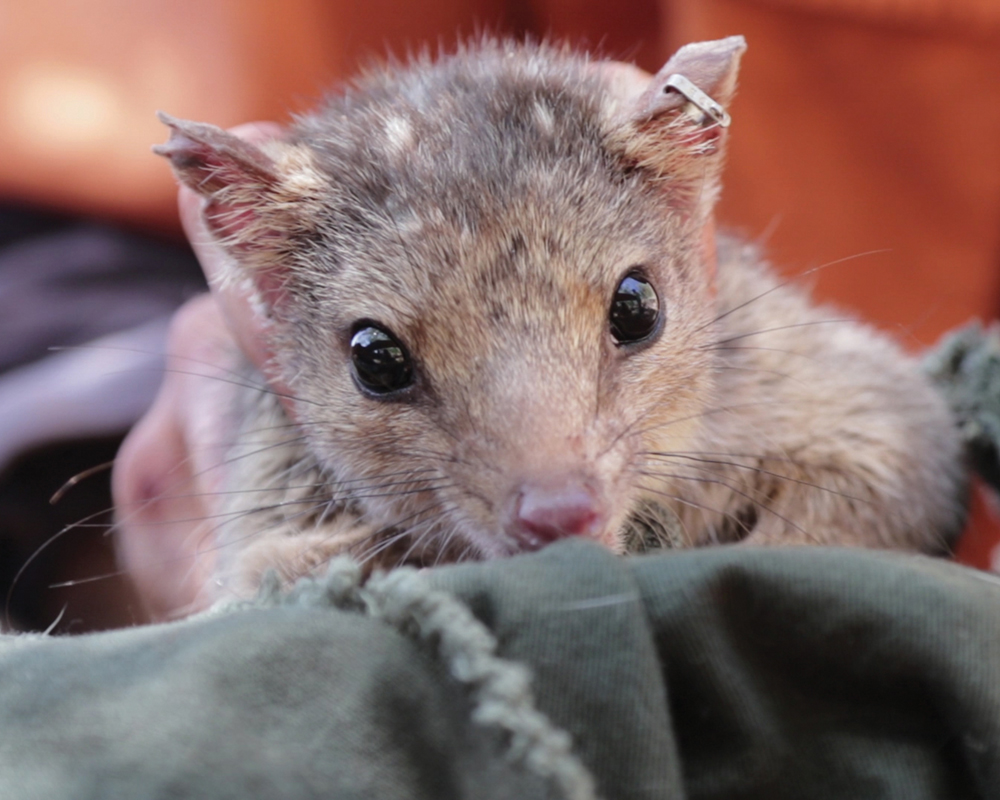
Life of quolls in the Pilbara
Tuesday, 04 December 2018 -

Mammals on ‘arks’
Saturday, 21 October 2017 -
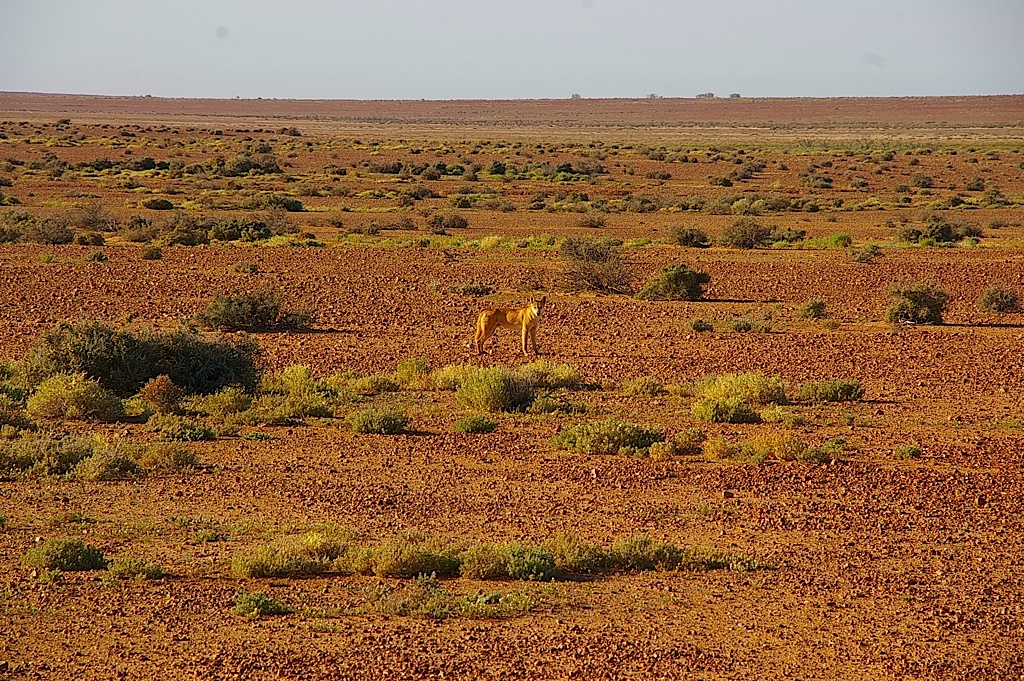
Mapping refuges across Australia
Tuesday, 05 July 2016 -
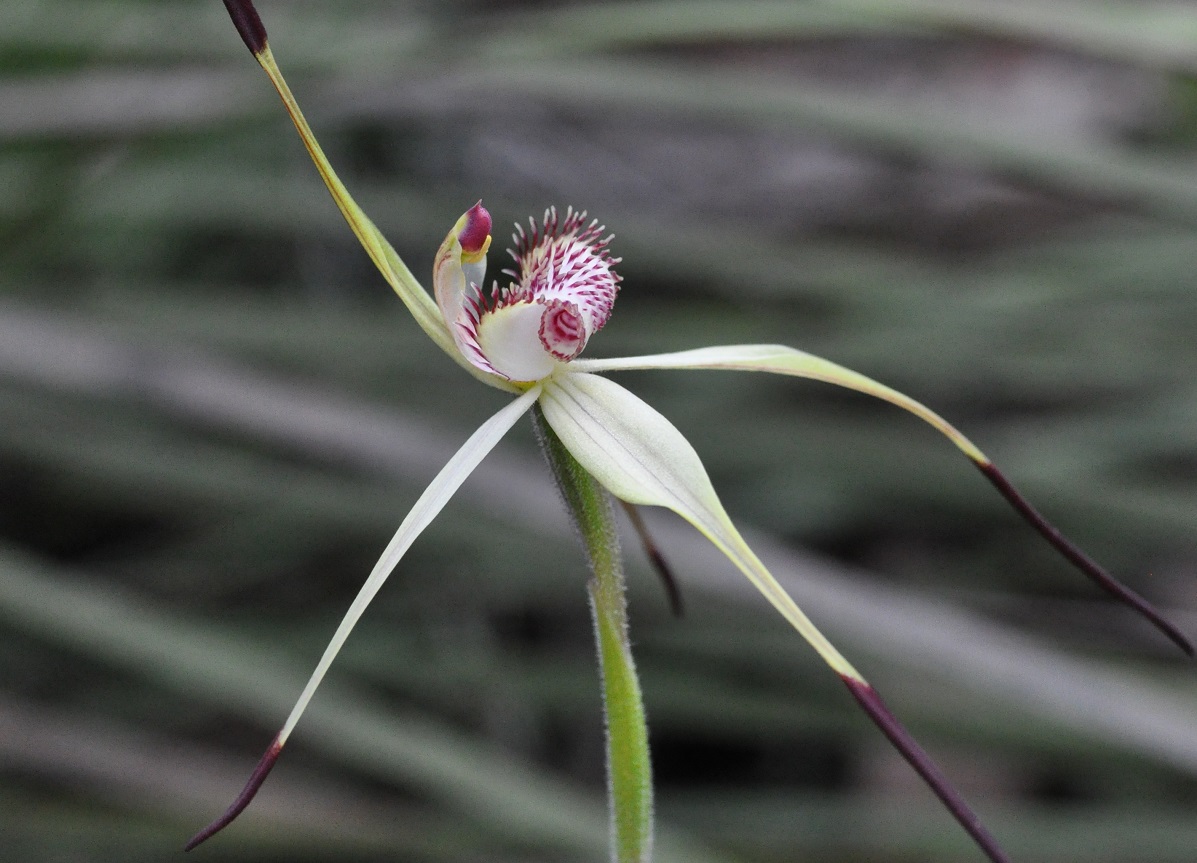
National review and workshop put spotlight on plant translocation
Tuesday, 08 August 2017 -
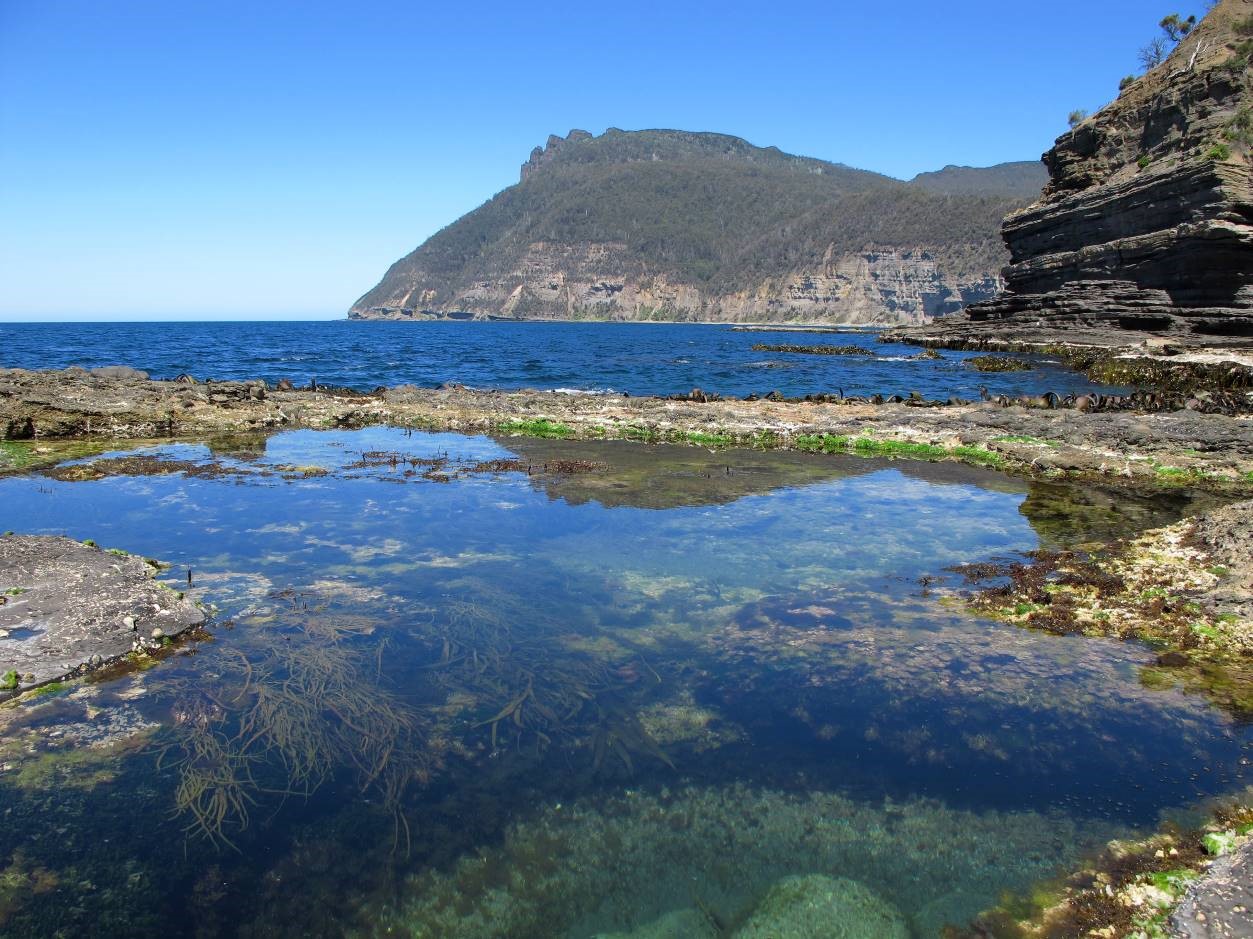
No researcher is an island
Monday, 01 August 2016 -
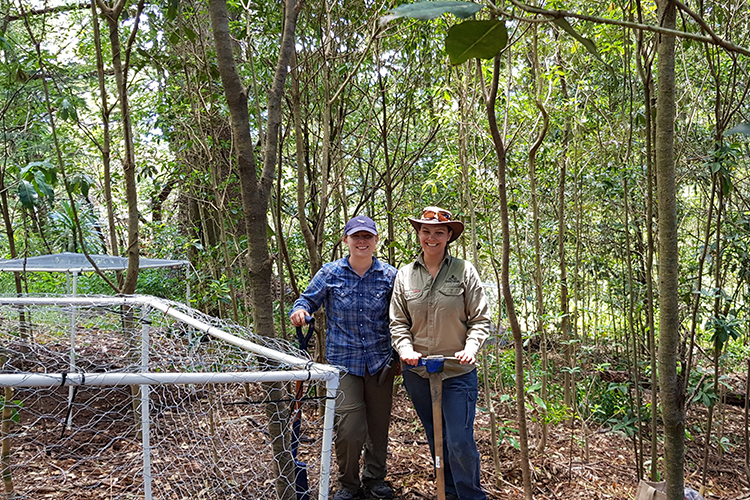
Norfolk Island’s threatened flora
Wednesday, 05 June 2019 -
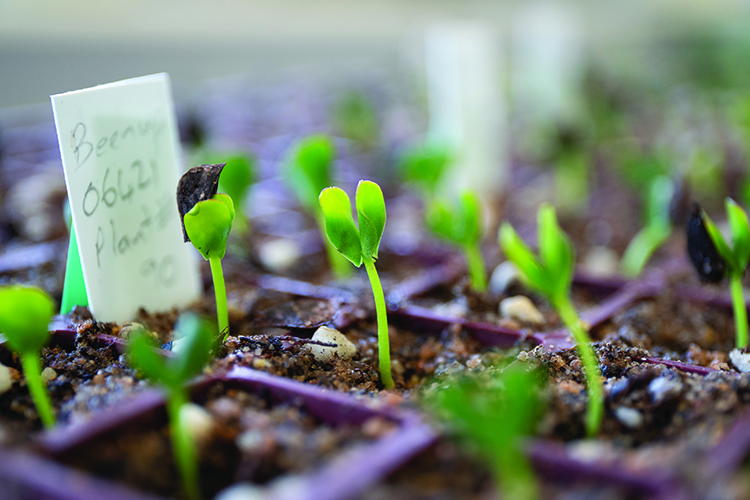
Plant translocation: New guidelines a game changer
Sunday, 11 November 2018 -
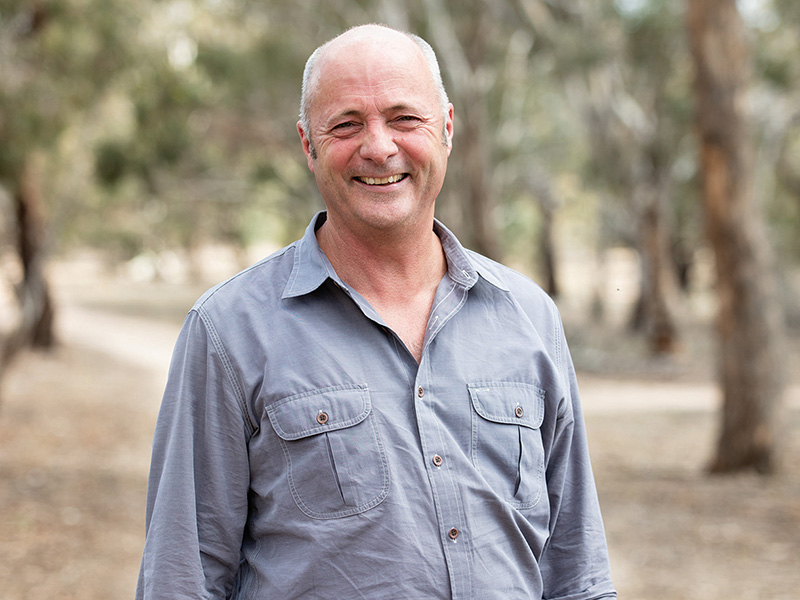
Private land manager profile: Nigel Sharp
Tuesday, 30 June 2020 -
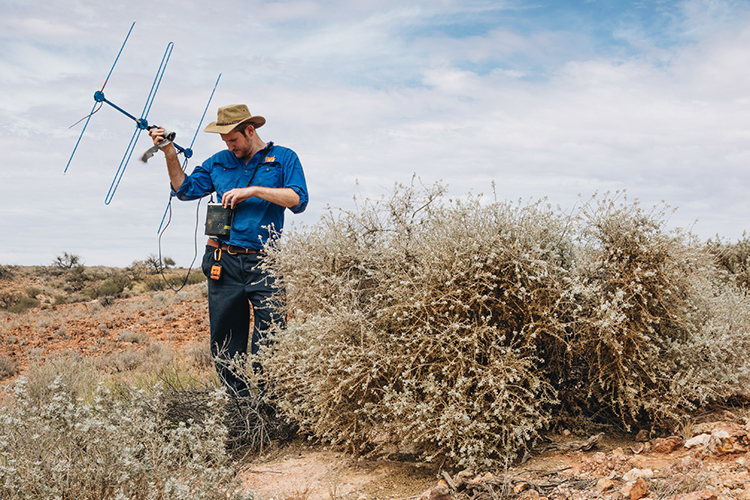
Rabbit burrows helping cats colonise new frontiers
Monday, 16 March 2020 -
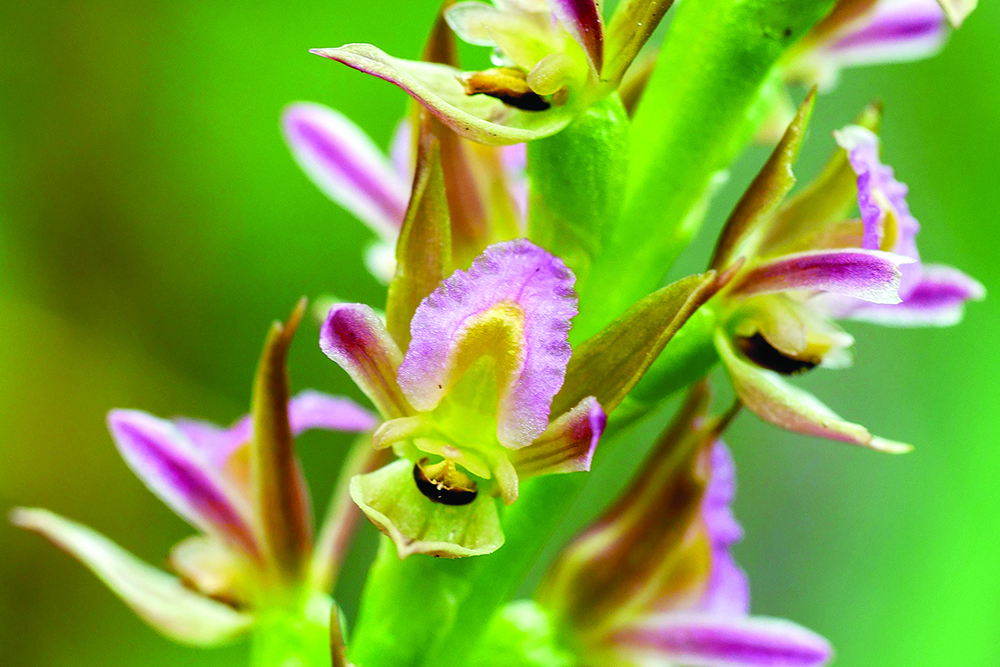
Race against time for Endangered leek orchids
Sunday, 11 November 2018 -
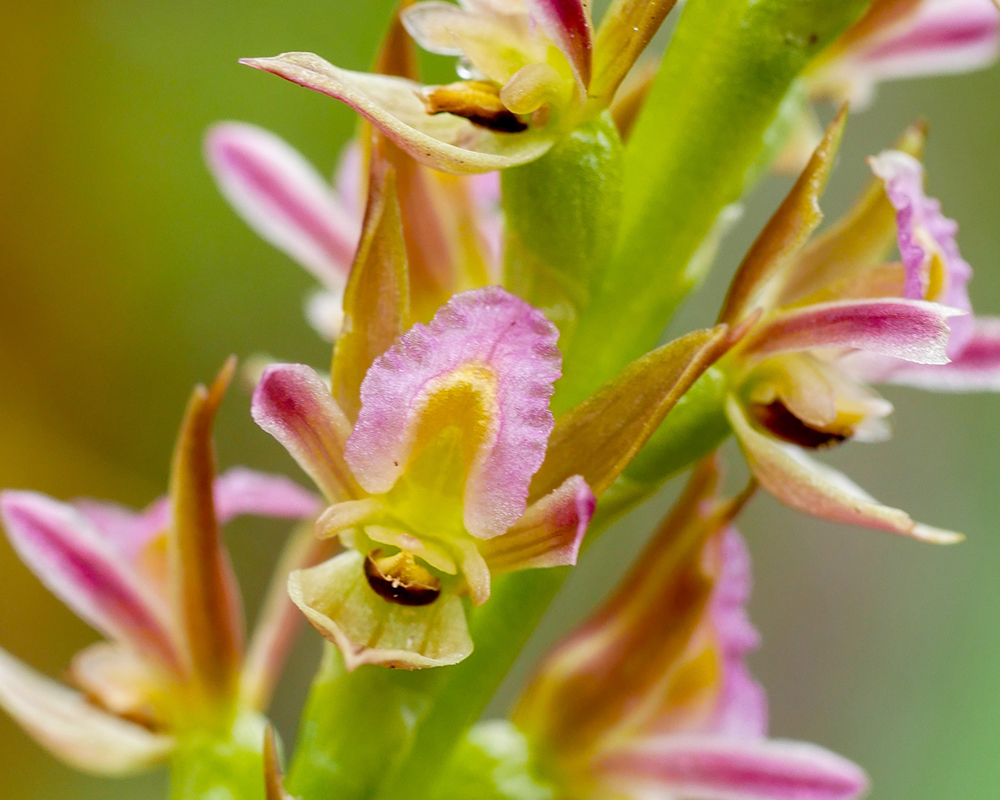
Race to unlock secret to save endangered orchids
Wednesday, 22 August 2018 -
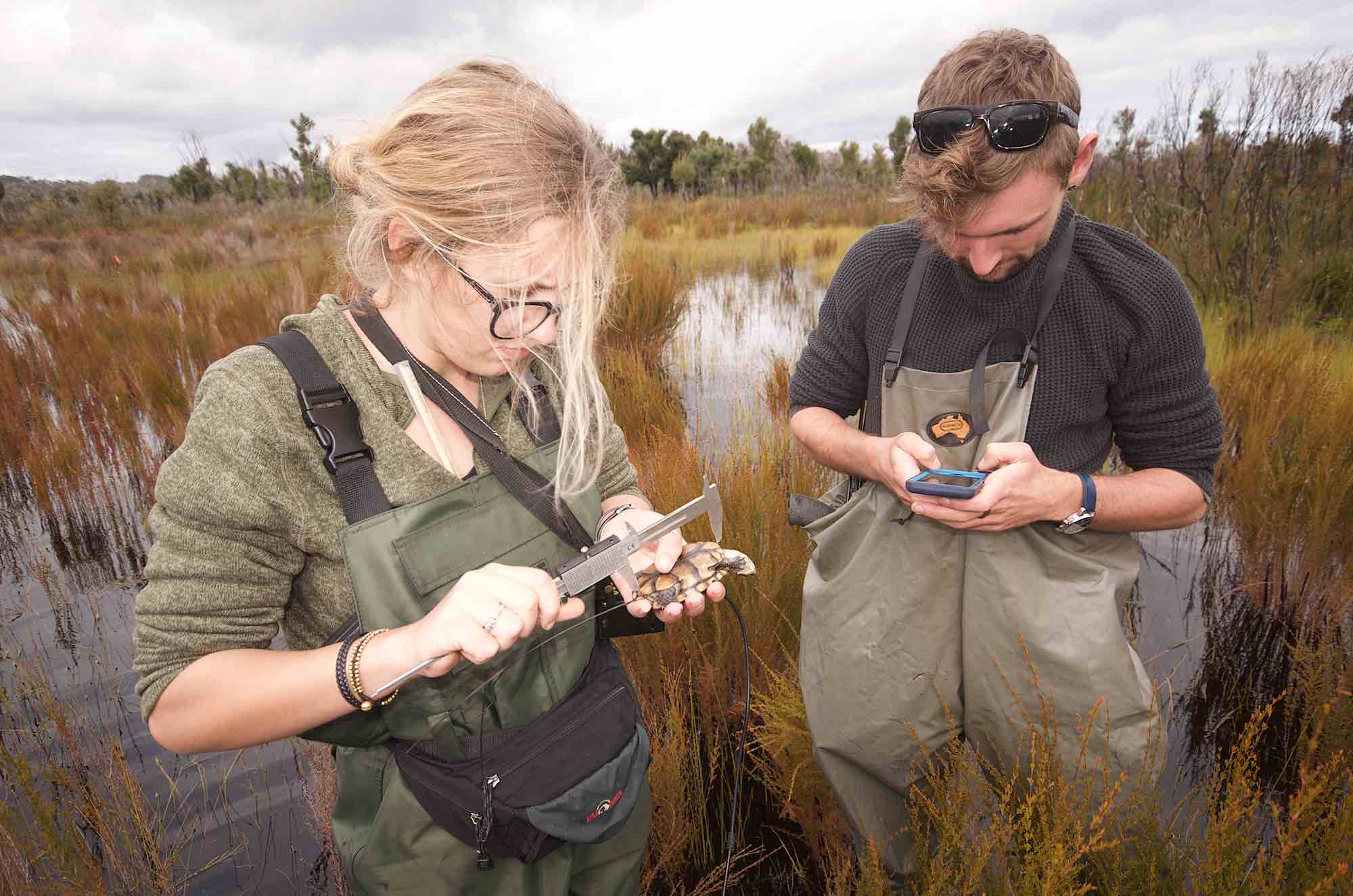
Saving the western swamp tortoise
Wednesday, 14 December 2016 -
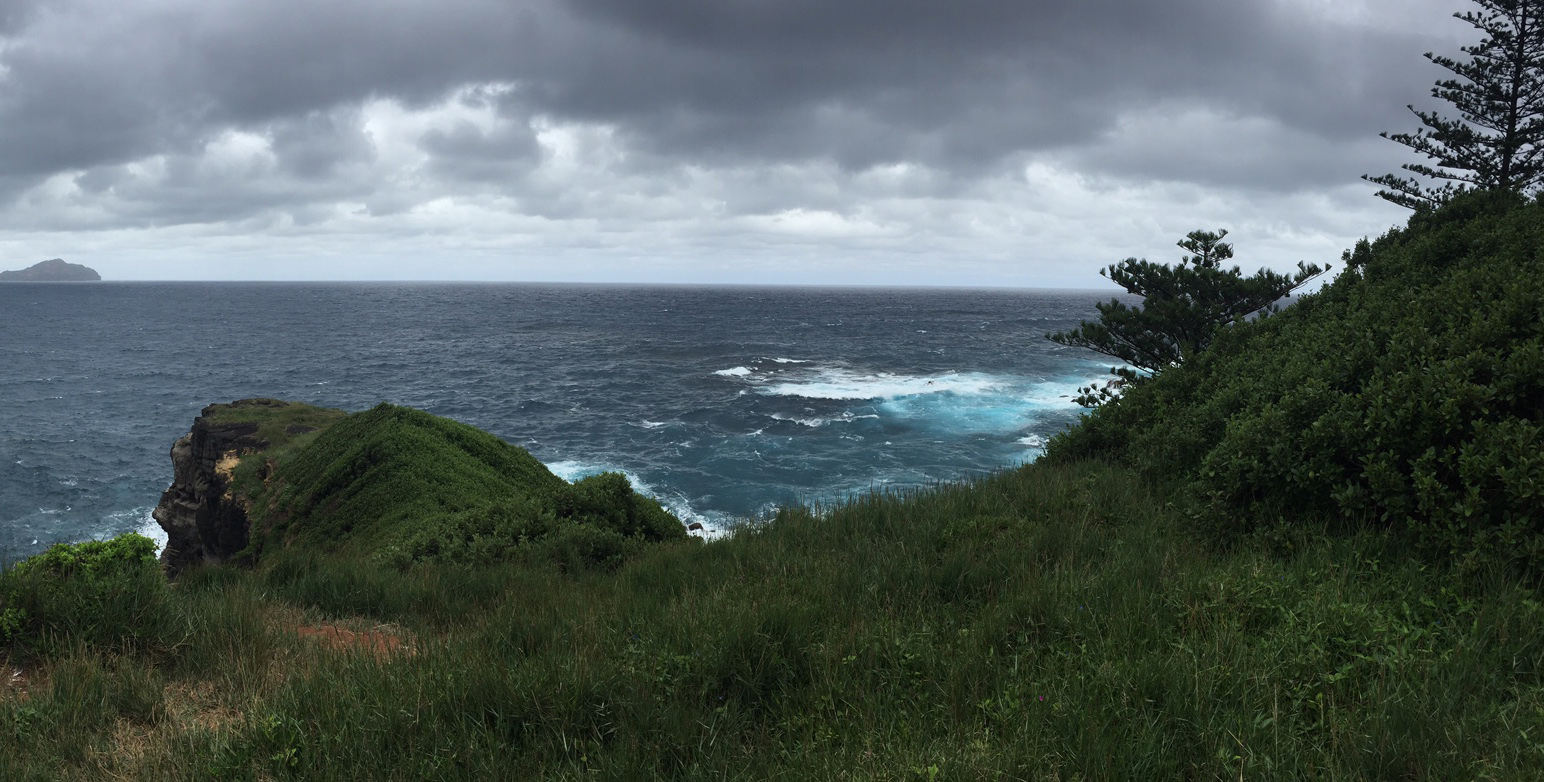
Success, failure and lessons learned on Australian islands
Wednesday, 04 May 2016 -
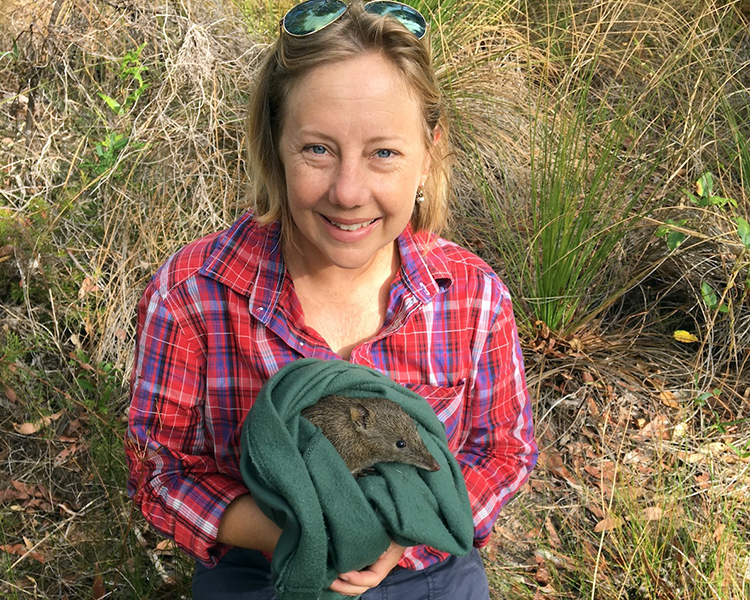
Sustaining life
Monday, 02 October 2017 -
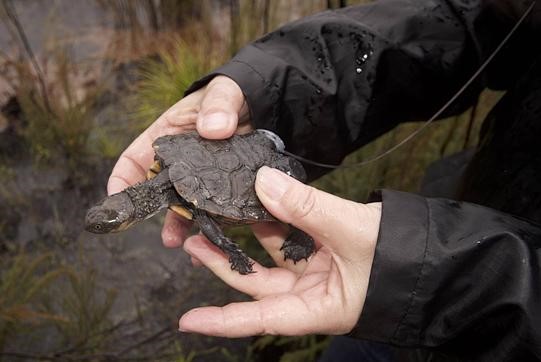
Swamp tortoises in the news
Thursday, 08 September 2016 -
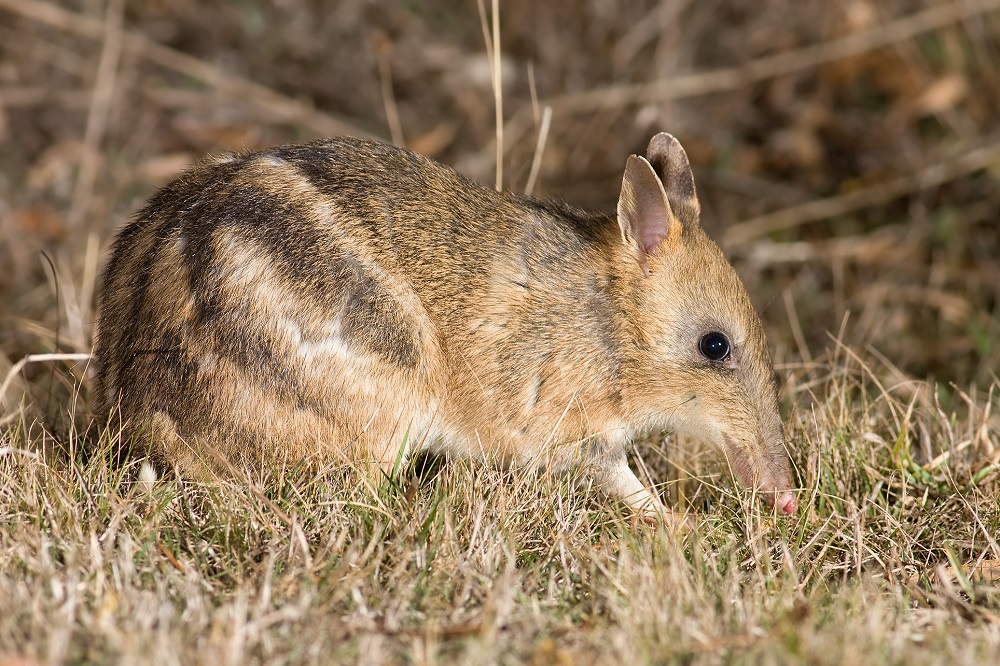
Tasmanian genes helping to rebuild Victoria’s bandicoots
Tuesday, 05 September 2017 -
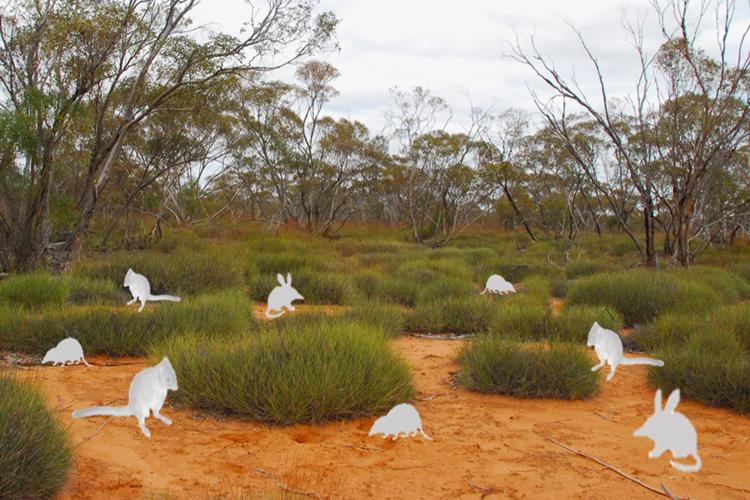
The ghosts of digging mammals past
Tuesday, 12 March 2019 -
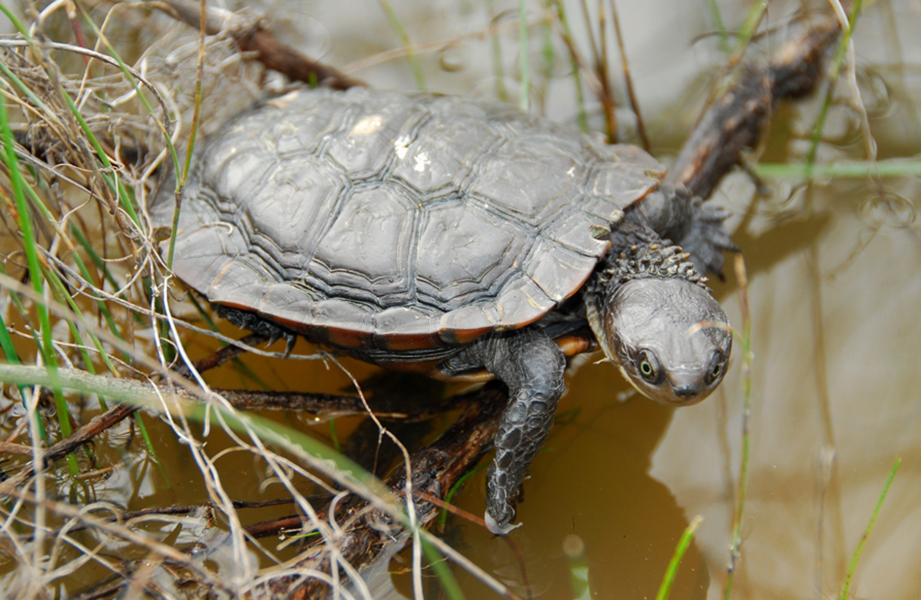
The turtle, the fox & the bandicoot - One problem solved another created
Tuesday, 13 February 2018 -
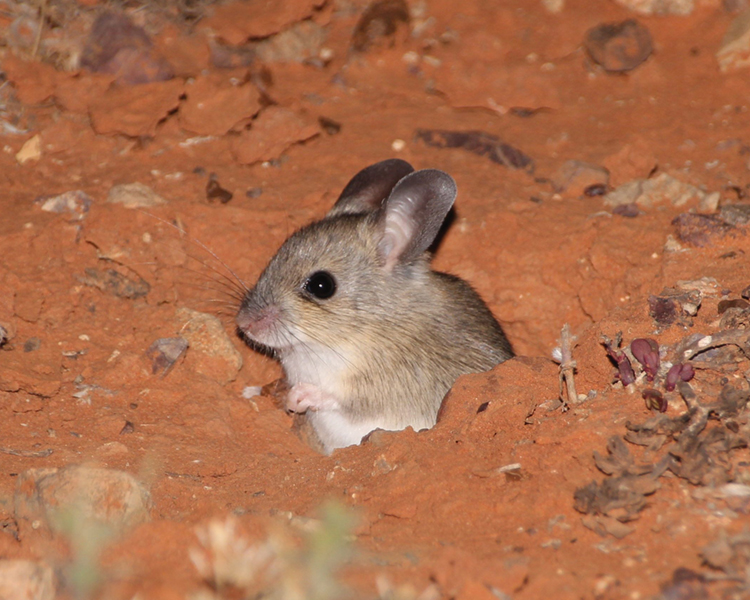
The what, where and how of refuges for threatened animals - Ecological Society of Australia Refuges symposium
Tuesday, 29 May 2018 -
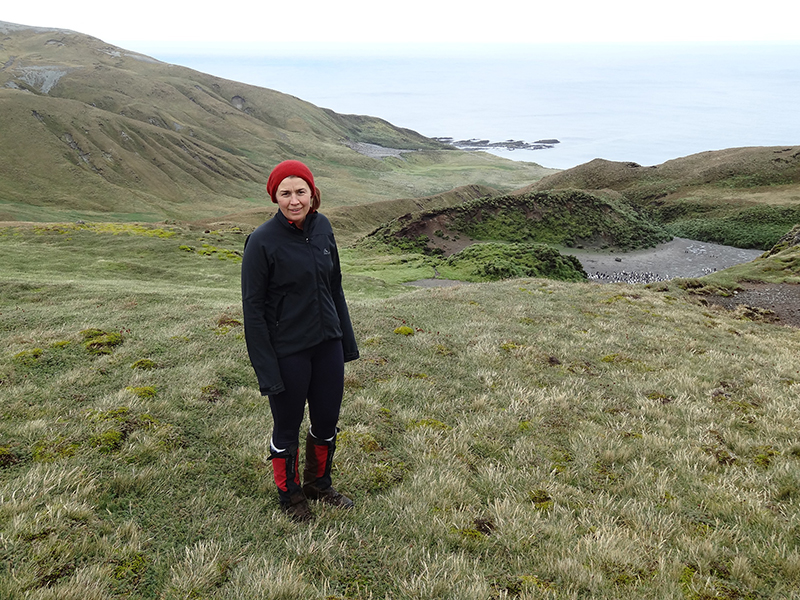
Watching Macquarie Island transform after a massive intervention
Friday, 20 October 2017 -
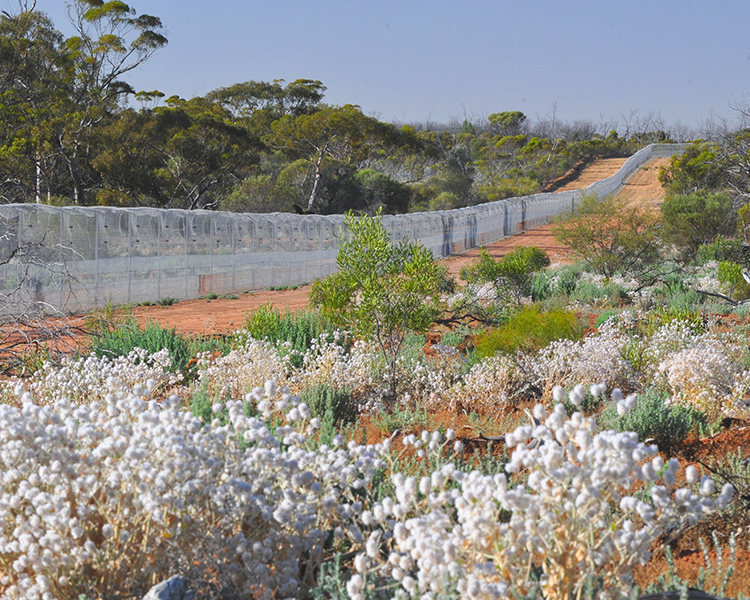
Western sanctuary, learning from translocations
Monday, 02 October 2017 -
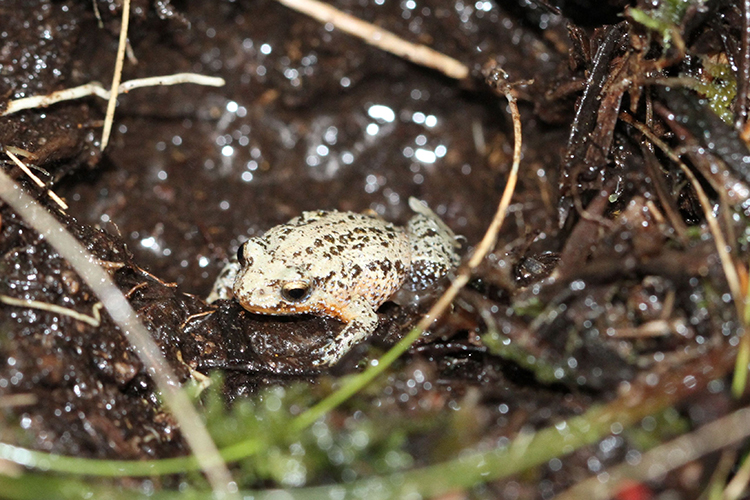
Why do tiny frogs persist or perish on a tiny scale?
Wednesday, 05 June 2019 -
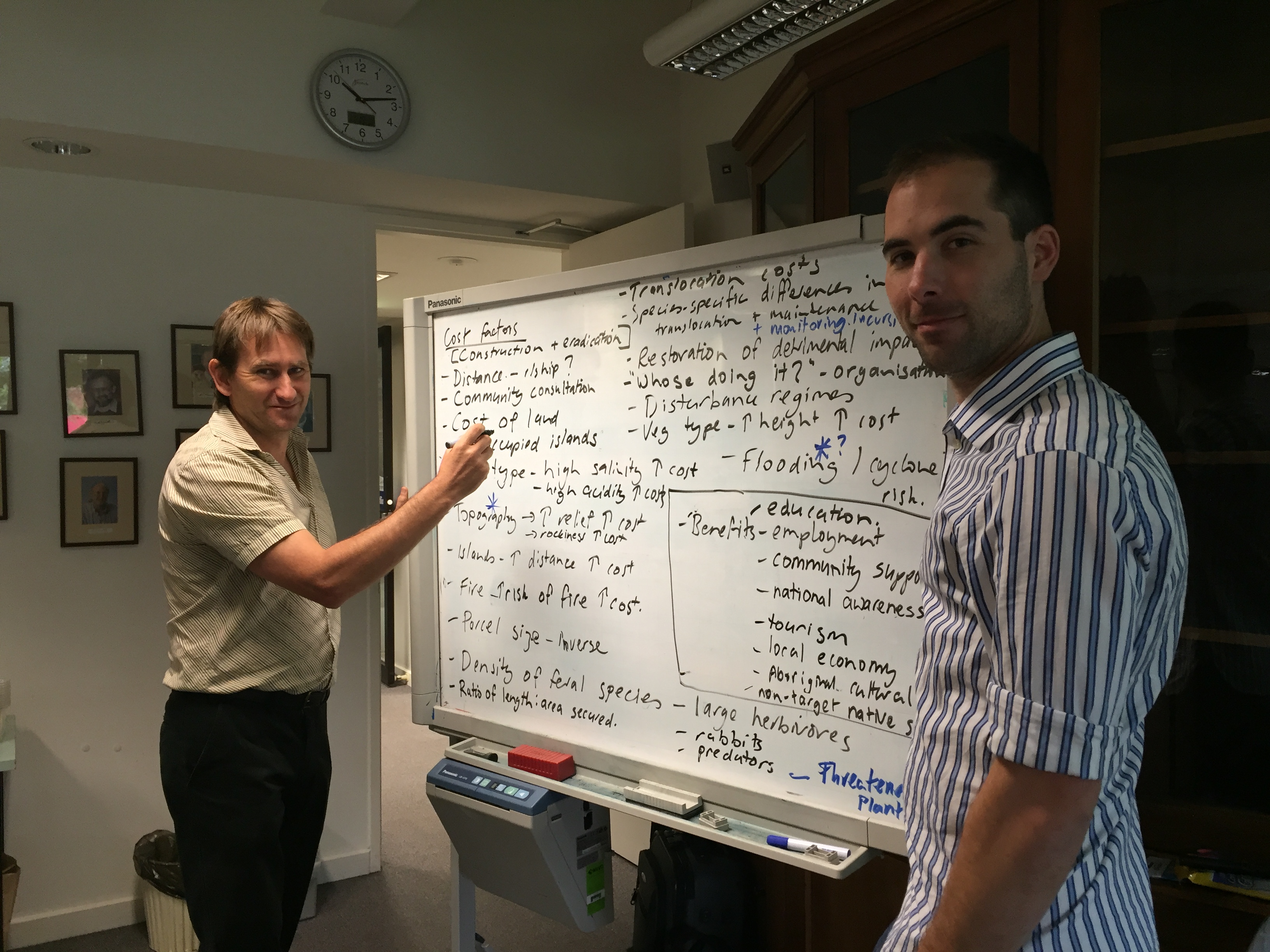
Framework for national safe haven network
Monday, 28 March 2016 -
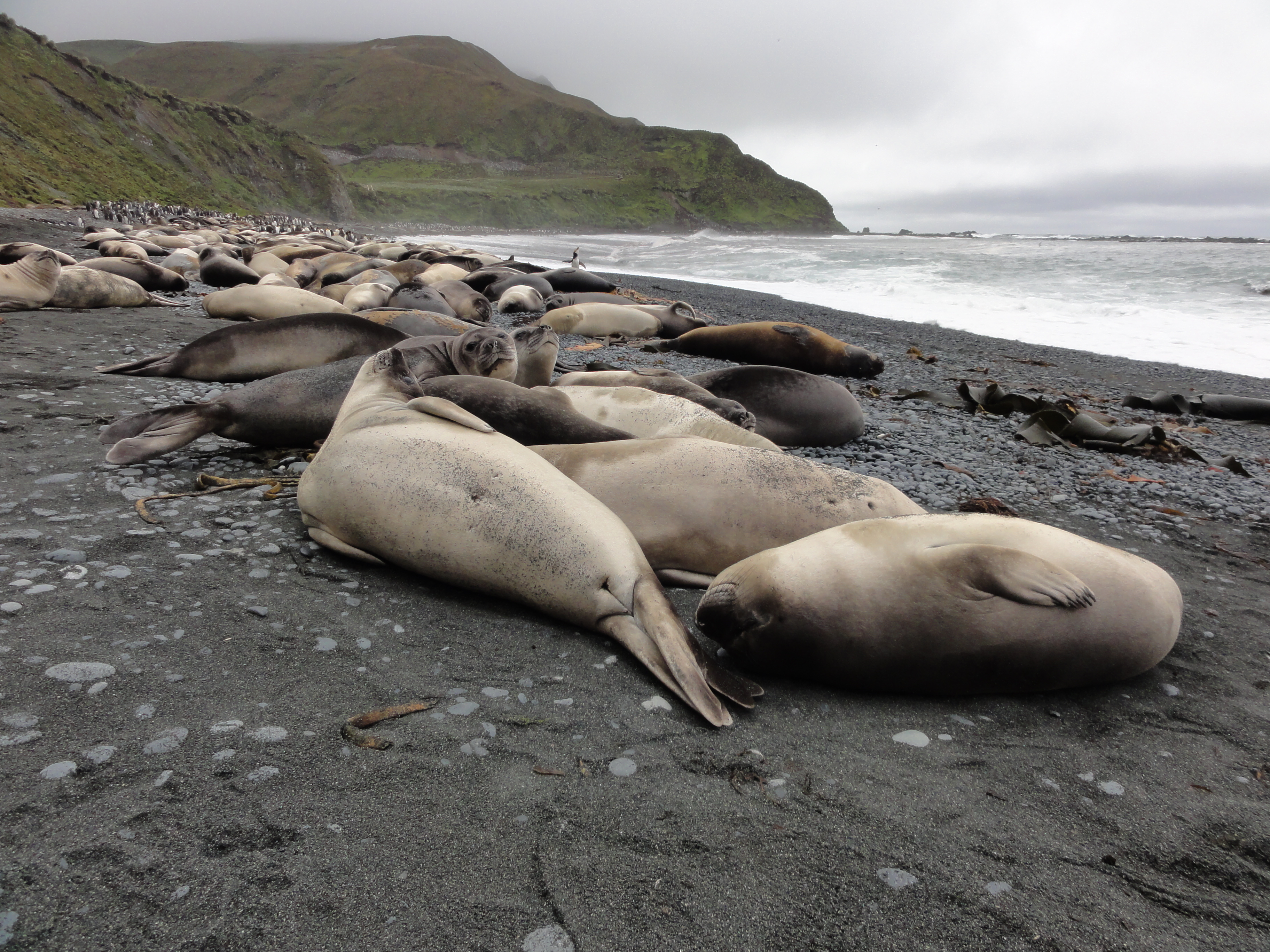
Joining the dots: working together to protect our island network
Wednesday, 30 March 2016 -
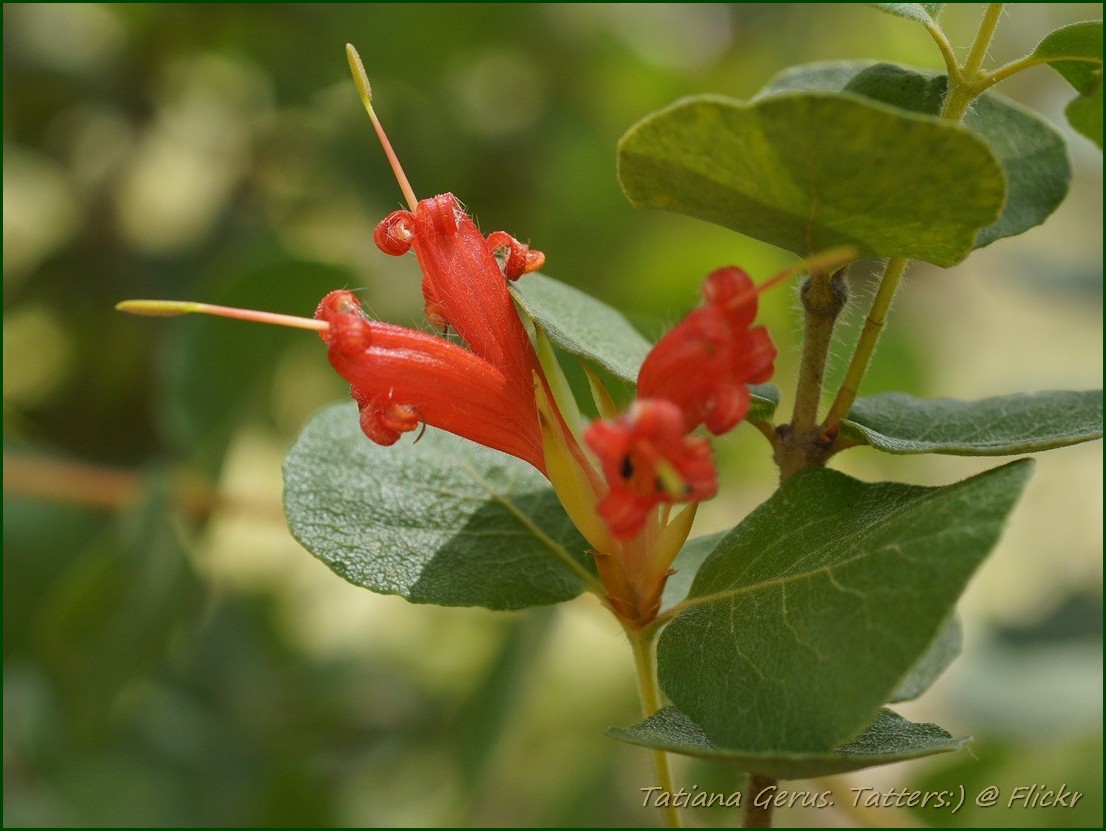
Sowing the seeds of success
Monday, 23 May 2016 -

Species on the move conference
Monday, 28 March 2016 -
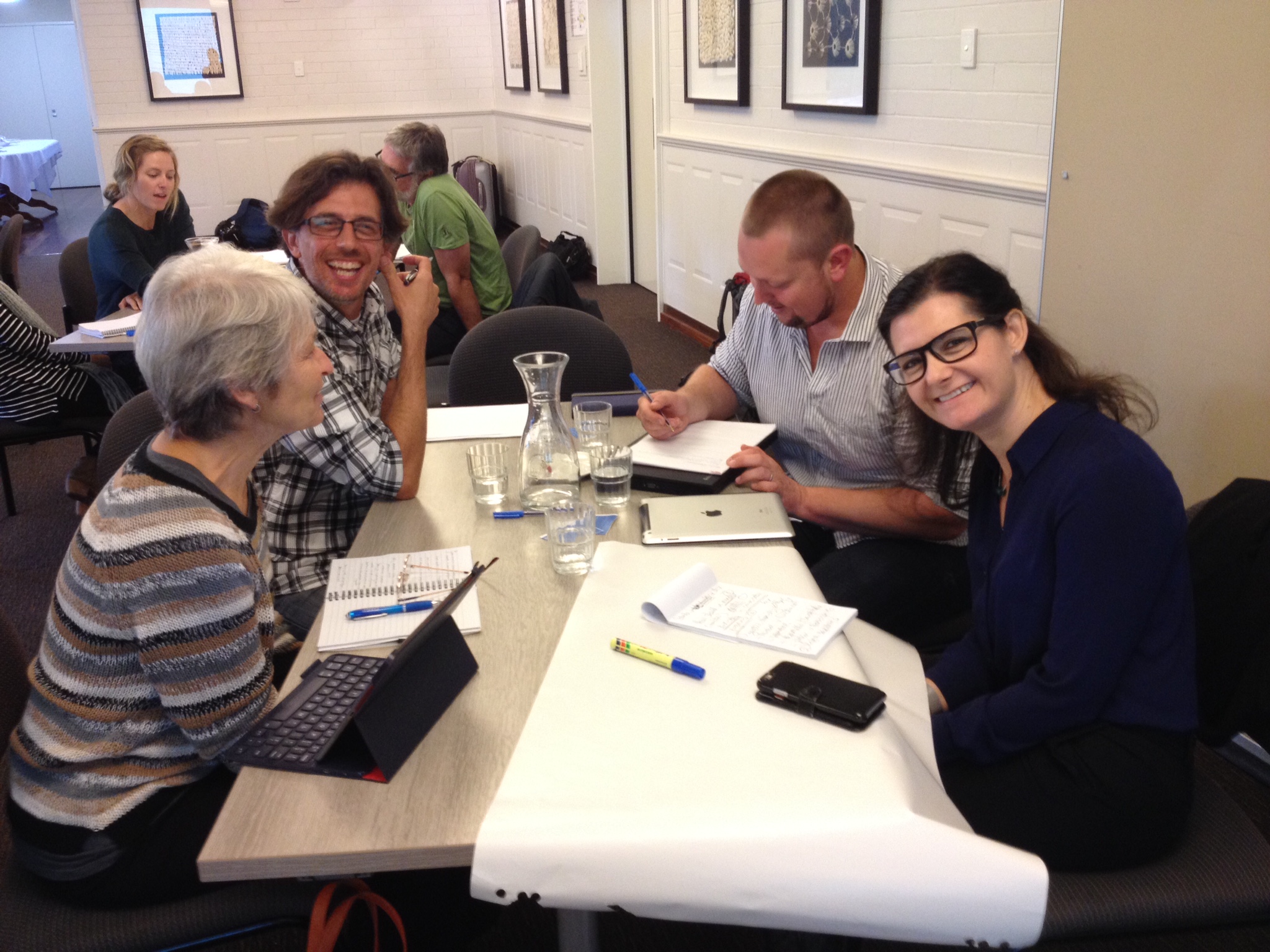
Using genetics to save species
Thursday, 09 June 2016 -
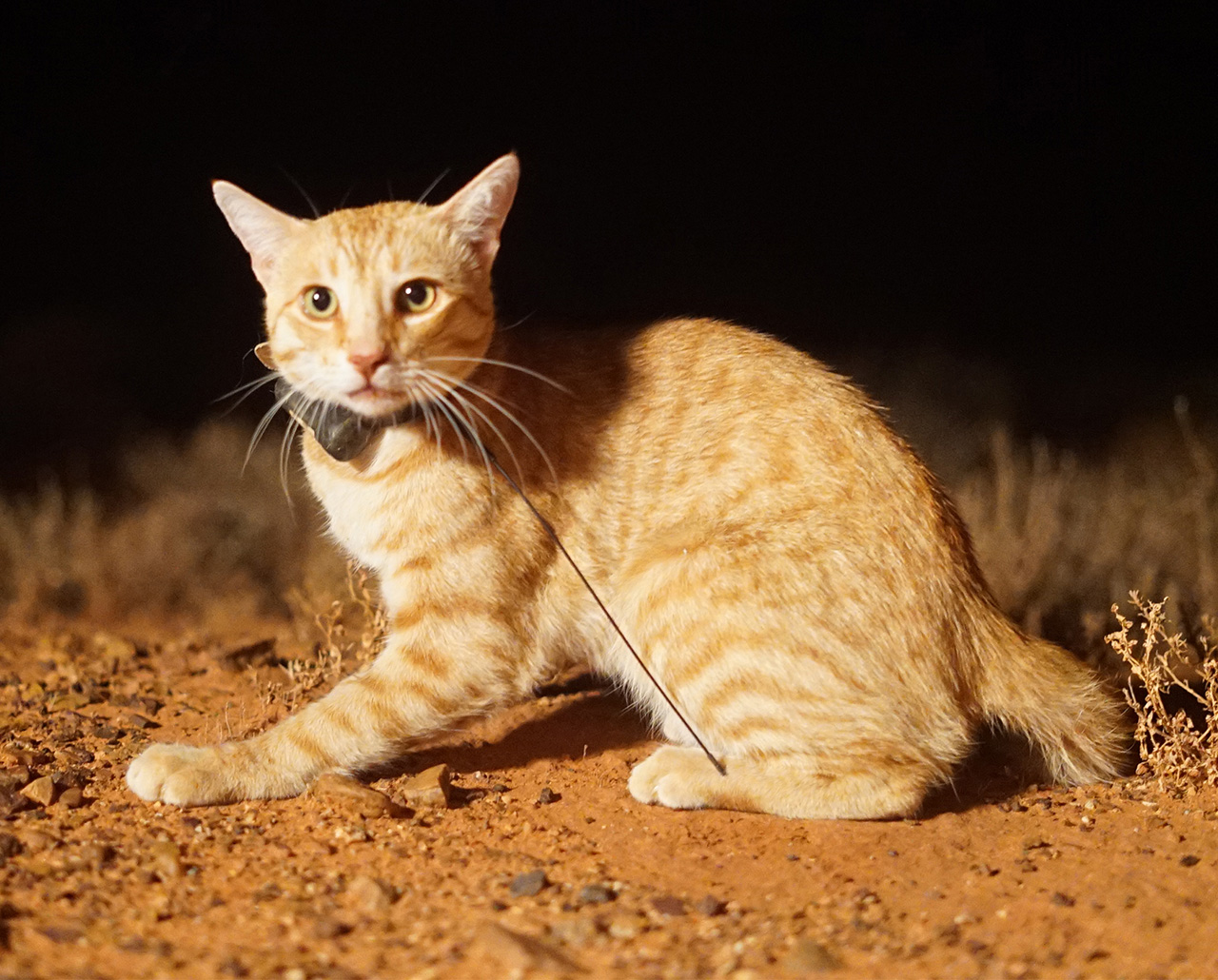
Cat science finalist for Eureka Prize
Monday, 28 September 2020
Related Videos
-

Feral cats using micro-refuges accross Australia
Thursday, 16 December 2021 -

Finding the silver-headed and the black-tailed dusky antechinus
Thursday, 16 December 2021 -

Genetic rescue for the conservation of the Eastern barred bandicoot
Monday, 20 July 2020 -

Saving an Endangered wattle: Translocating Acacia cochlocarpa
Monday, 20 July 2020 -

Manual for genetic management of wildlife populations
Monday, 27 July 2020 -

Testing a new place for Western Swamp Tortoises in a changing climate
Monday, 27 July 2020 -

Seed bank saving species in Western Australia
Monday, 27 July 2020 -

Helping to save the white-bellied frog
Monday, 27 July 2020 -

One of WA's big diggers, the quenda
Monday, 27 July 2020 -

The quenda in Craigie Bushland
Monday, 27 July 2020 -

How do digging mammals help ecosystems?
Wednesday, 29 July 2020 -

Guidelines for the Translocation of Threatened Plants in Australia
Wednesday, 29 July 2020 -

Managing the genetics for a new population of a threatened plant
Monday, 12 April 2021 -

Do quenda benefit bushland regeneration after fire?
Saturday, 07 August 2021
Publications & Tools
MicroclimOz – A microclimate data set for Australia, with example applications
Data Journal articles
Data Journal articles
Use of models to distinguish places of lesser and greater importance for species persistence
Reports
Reports

